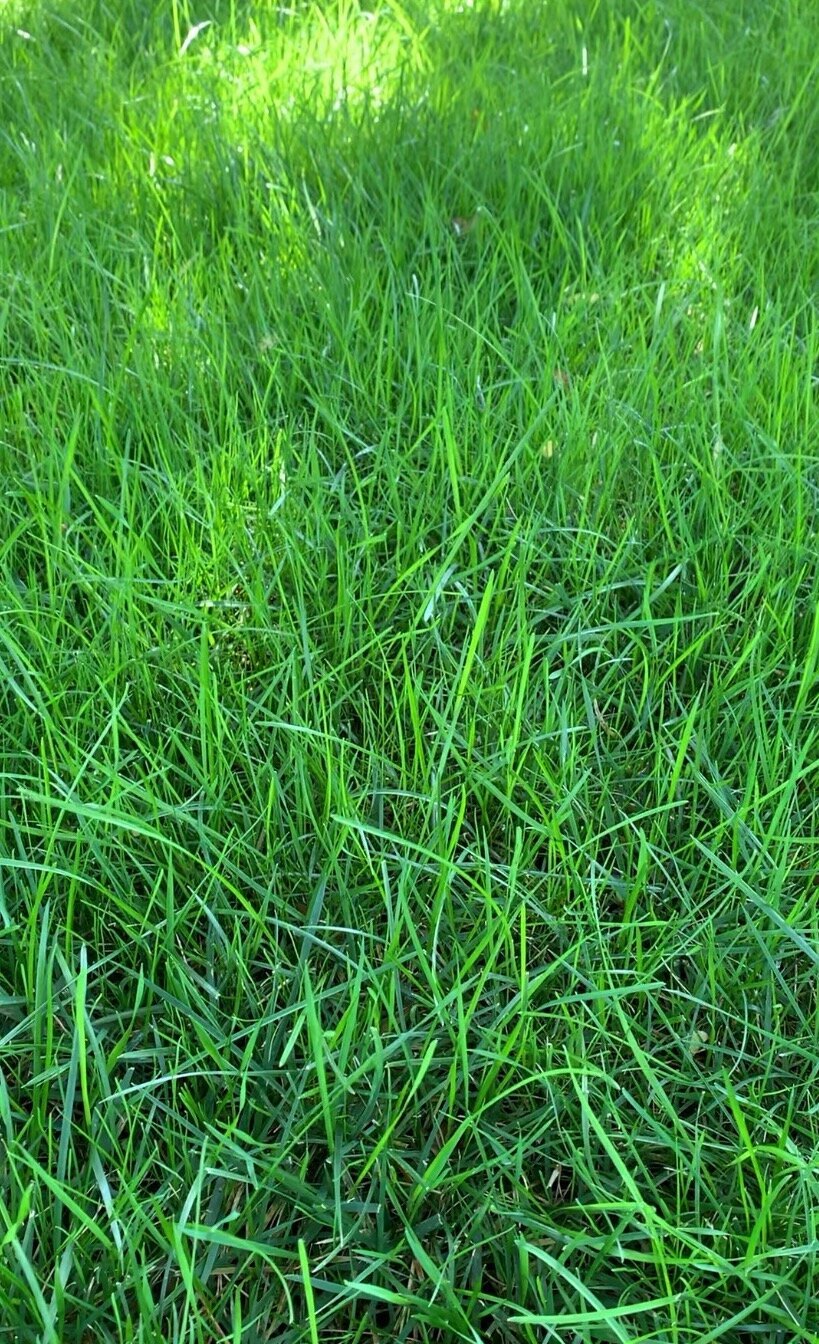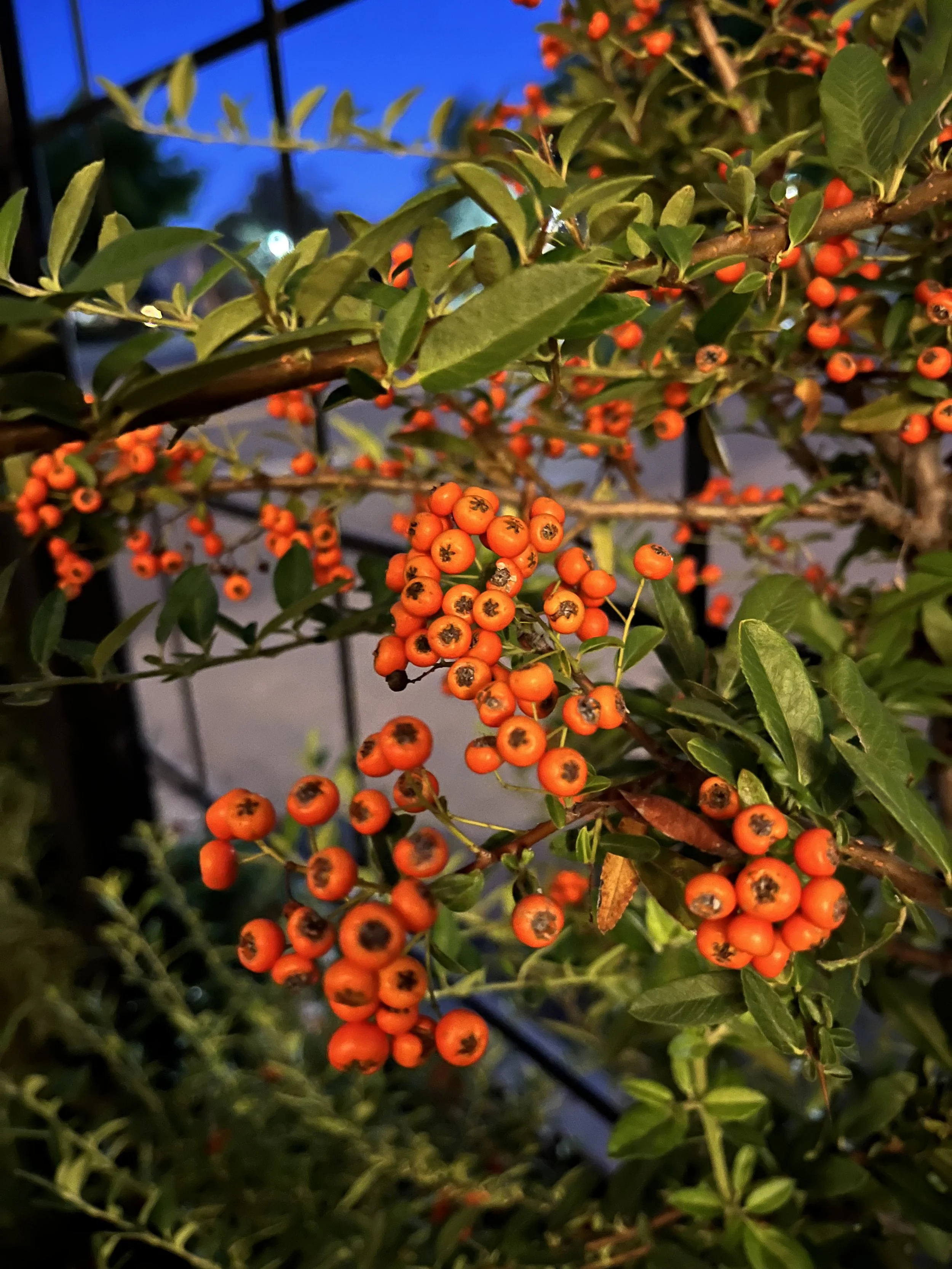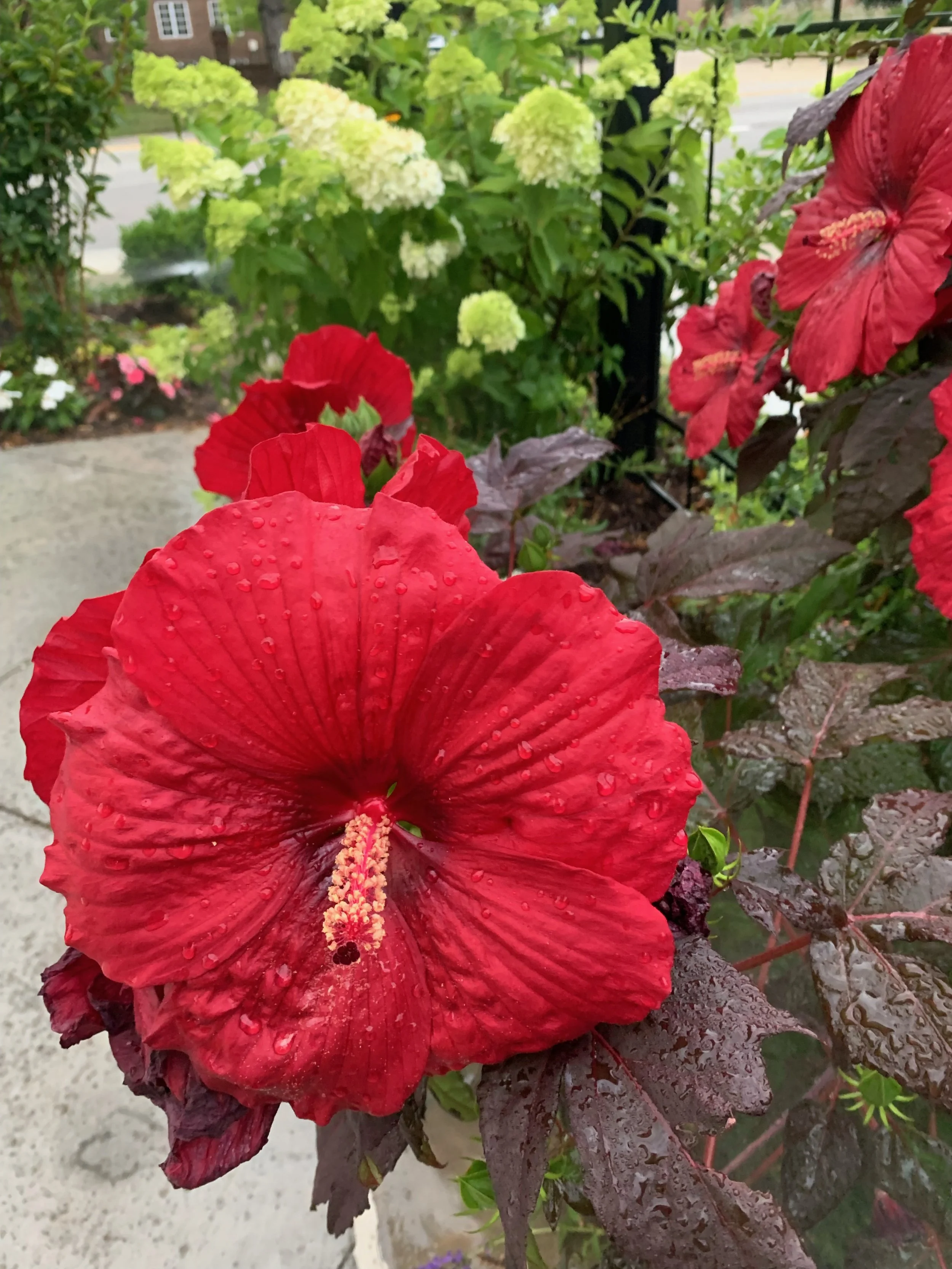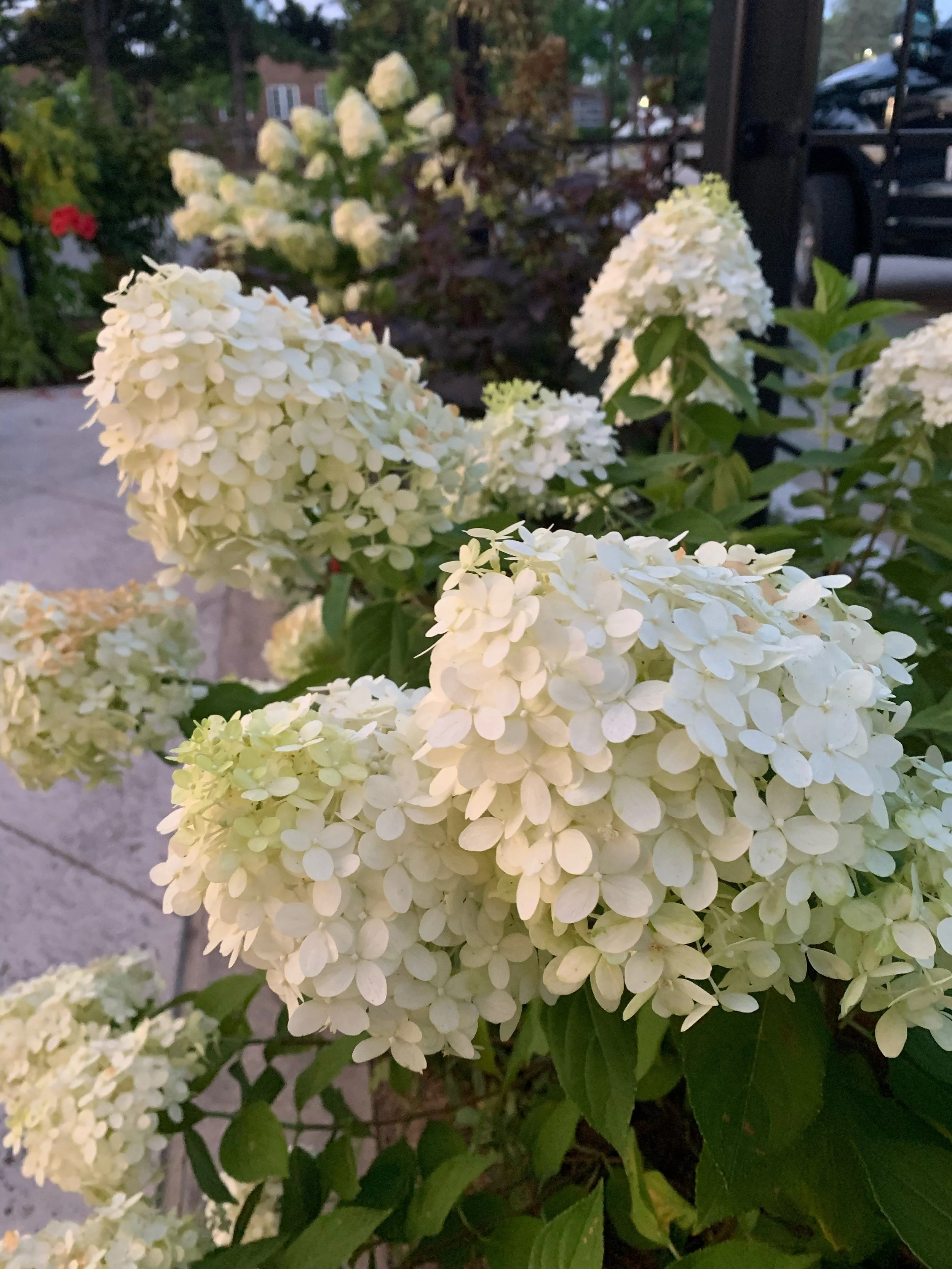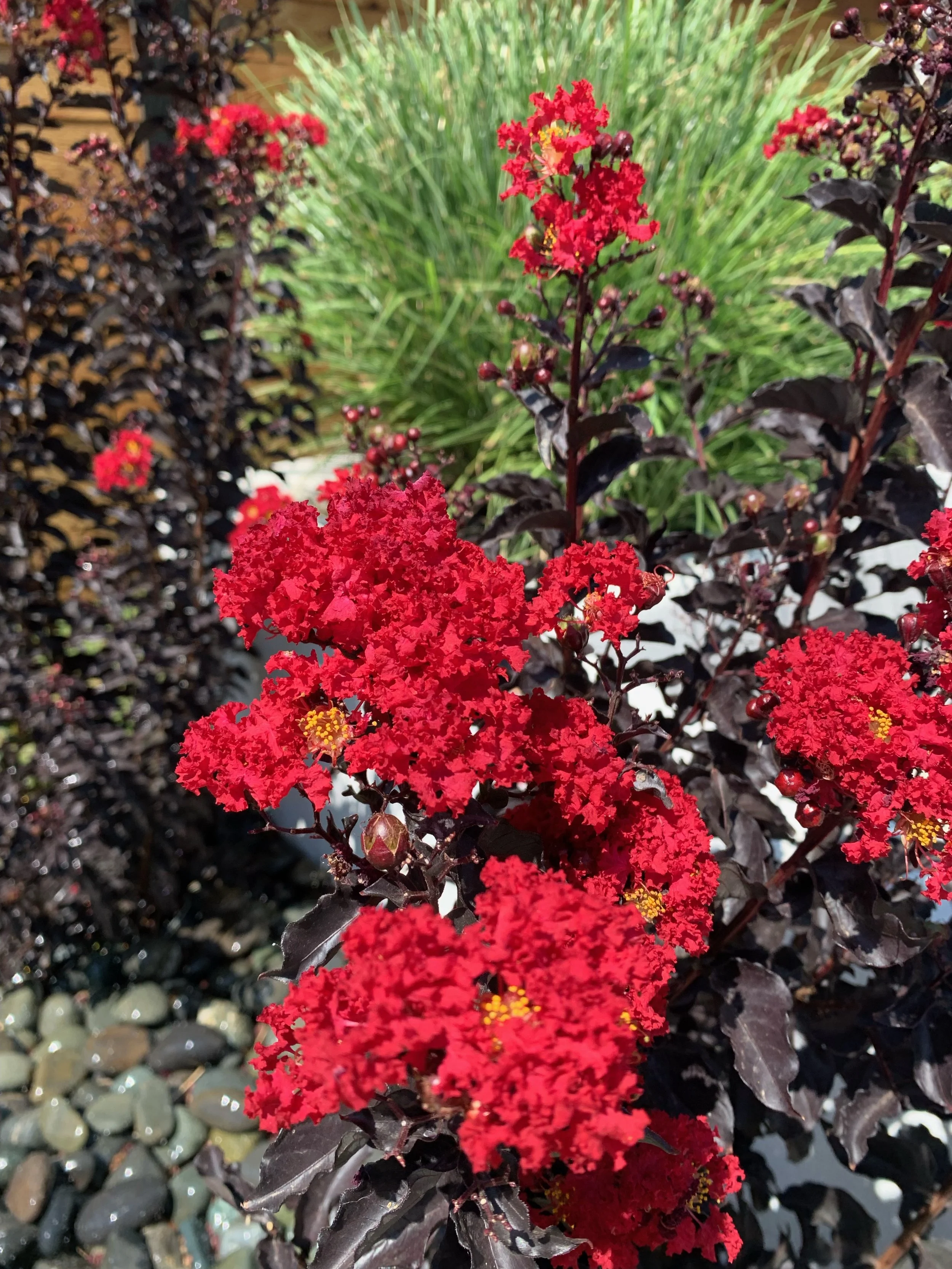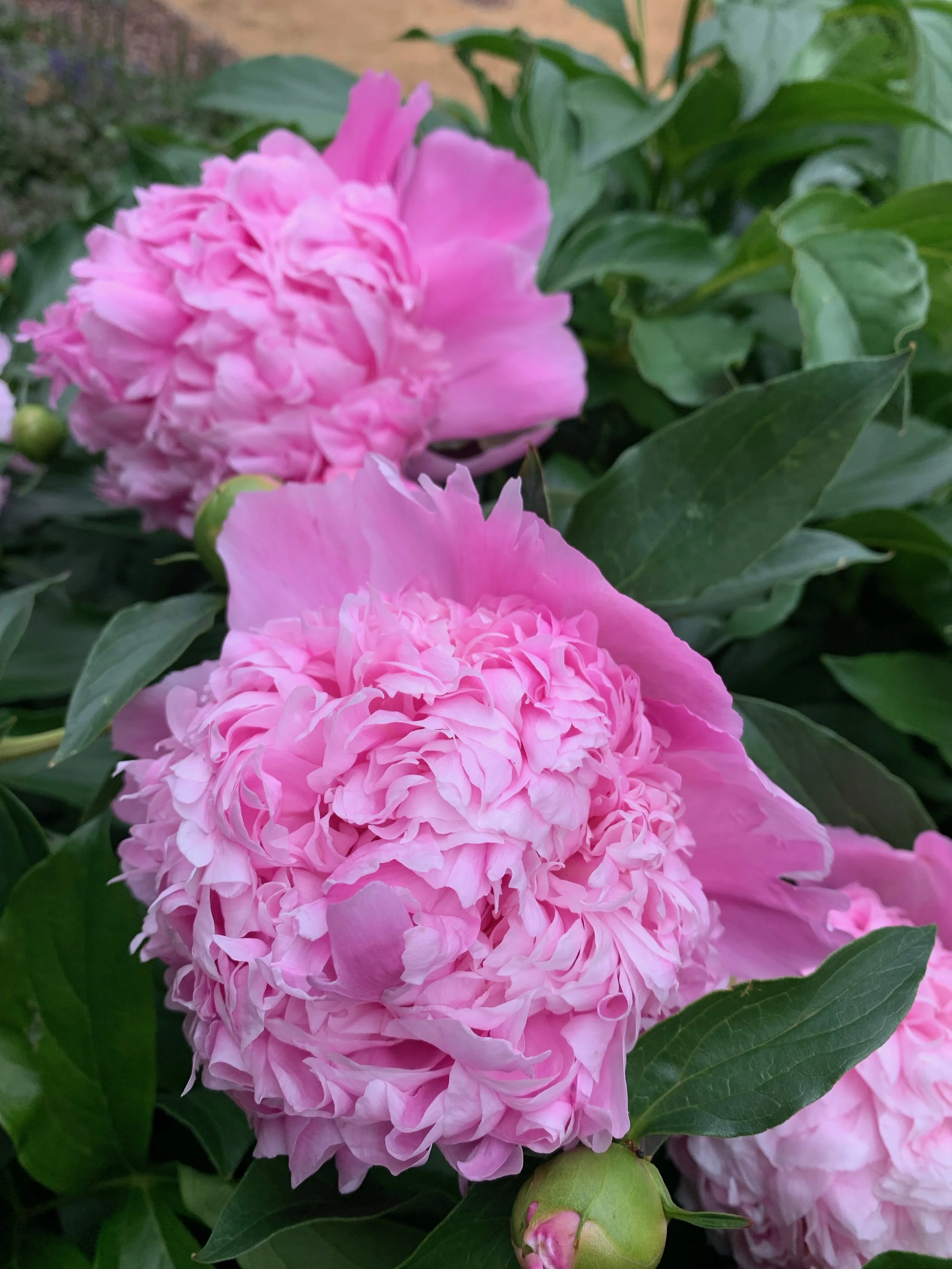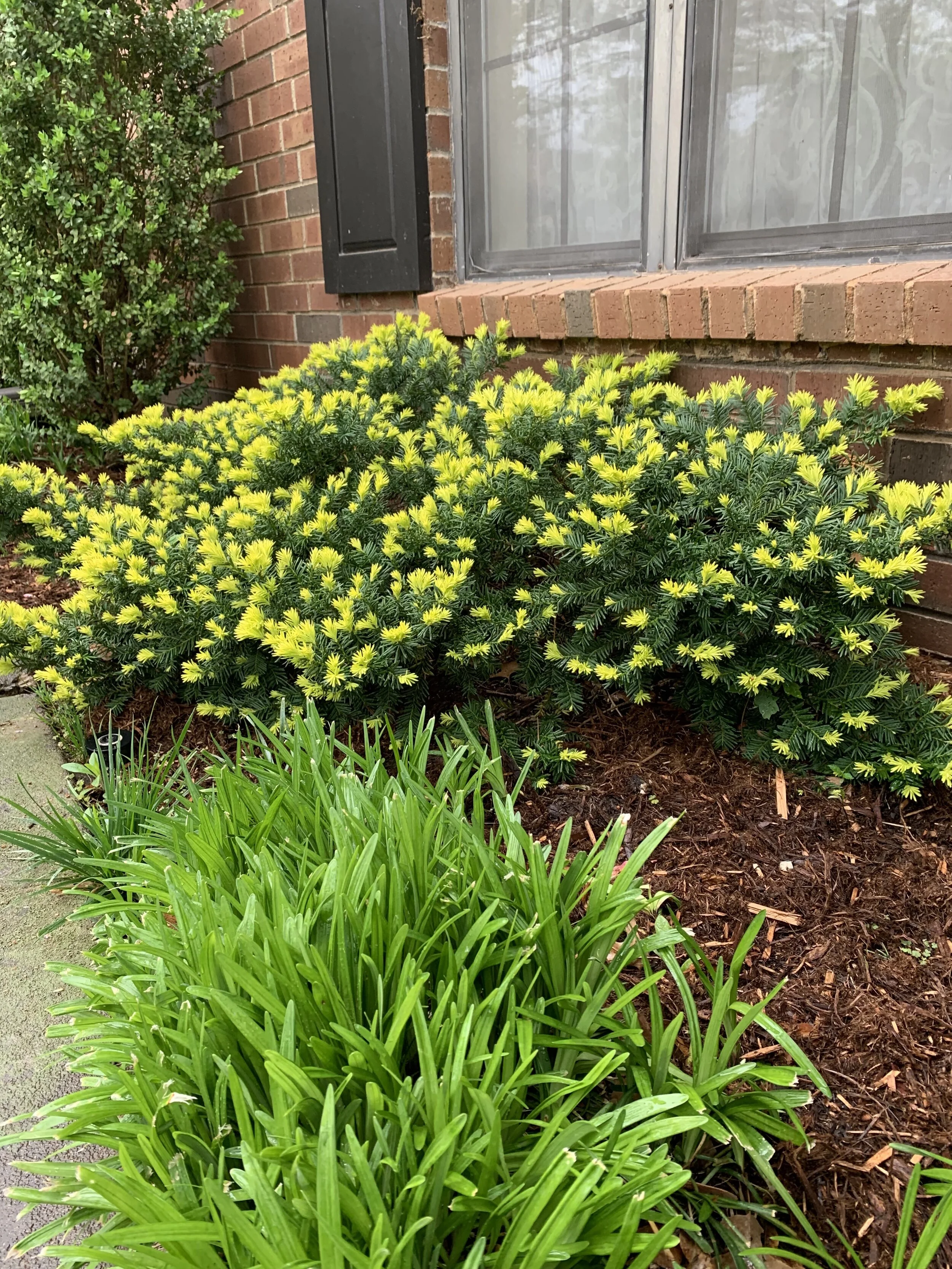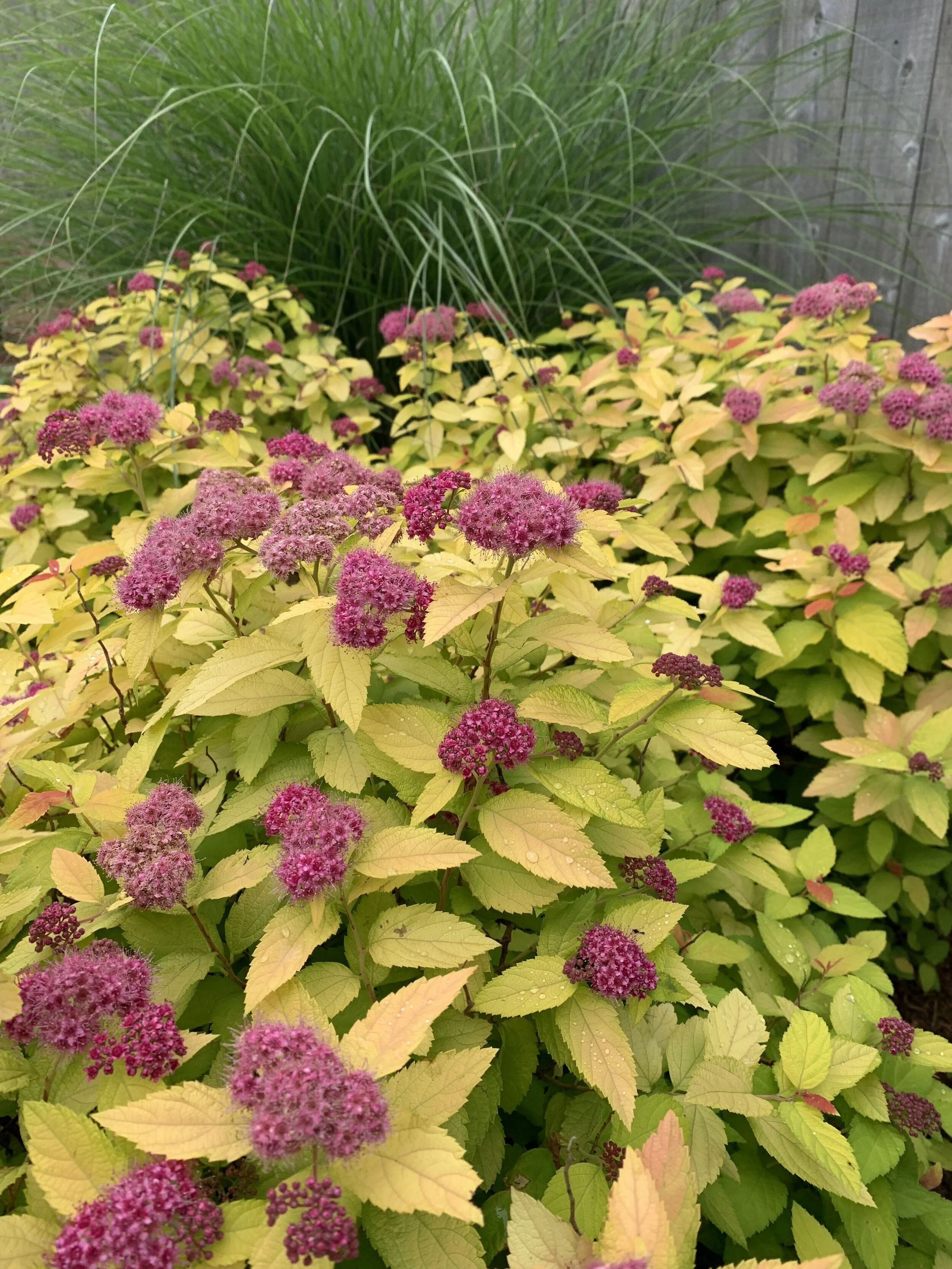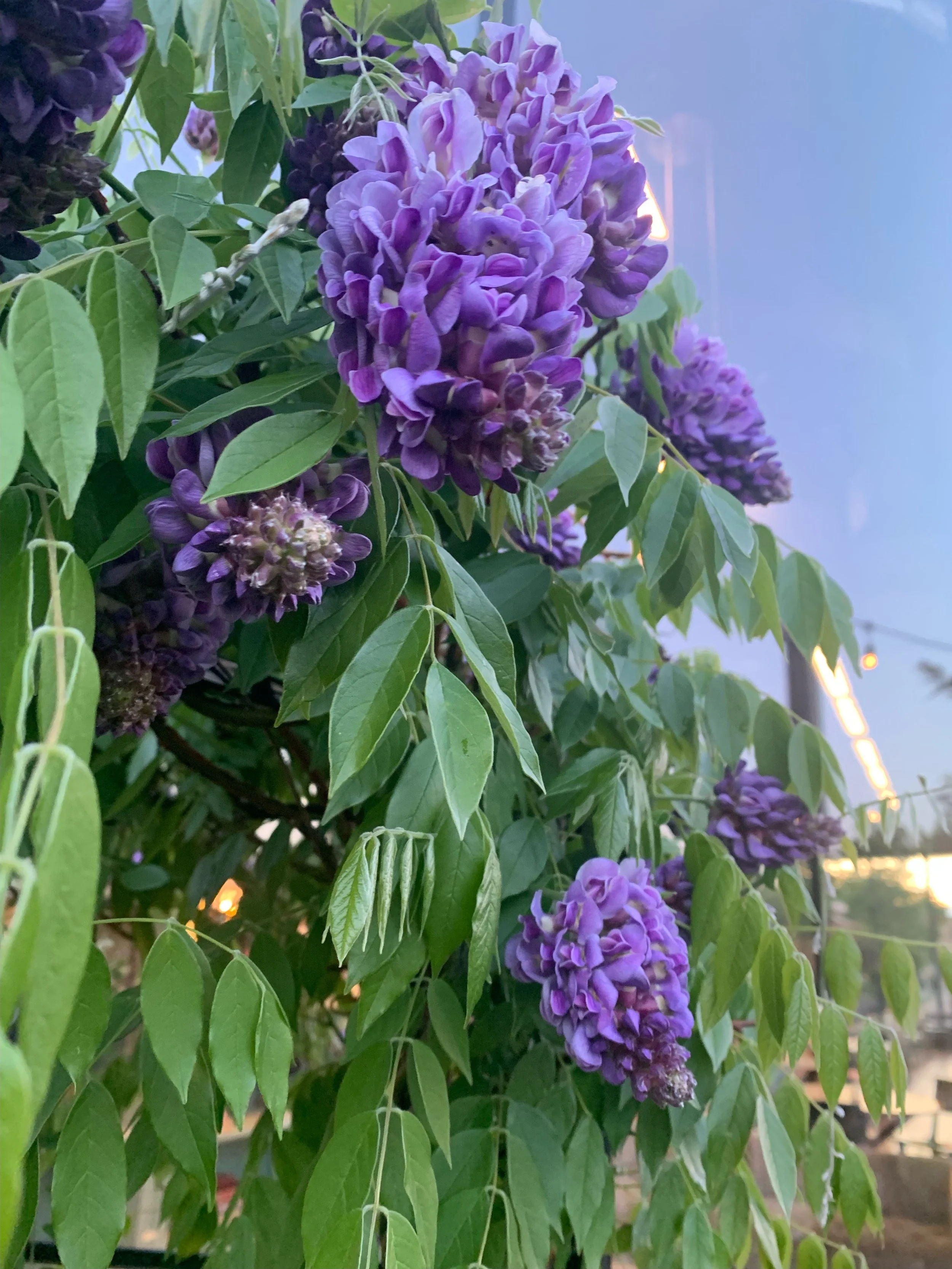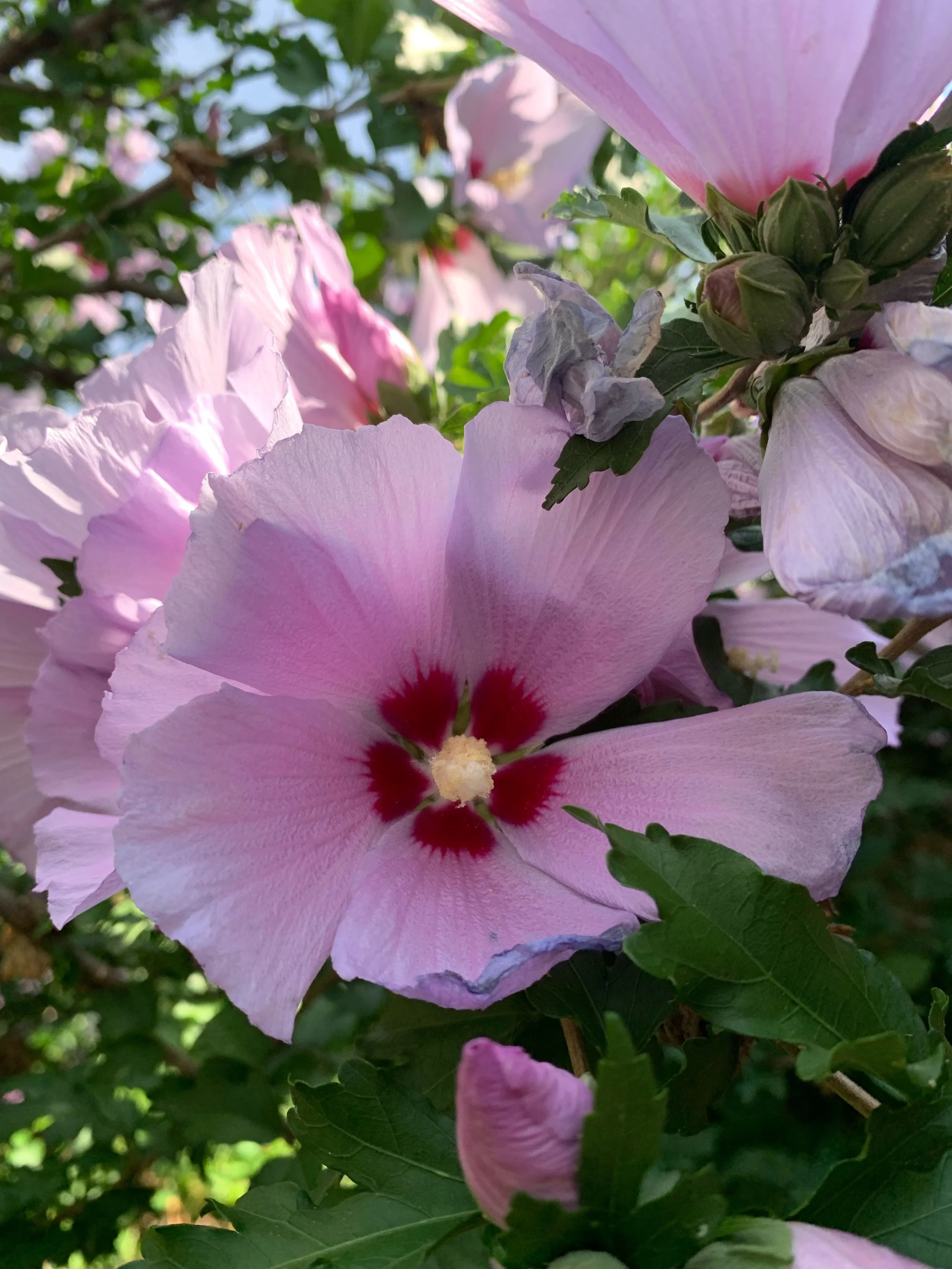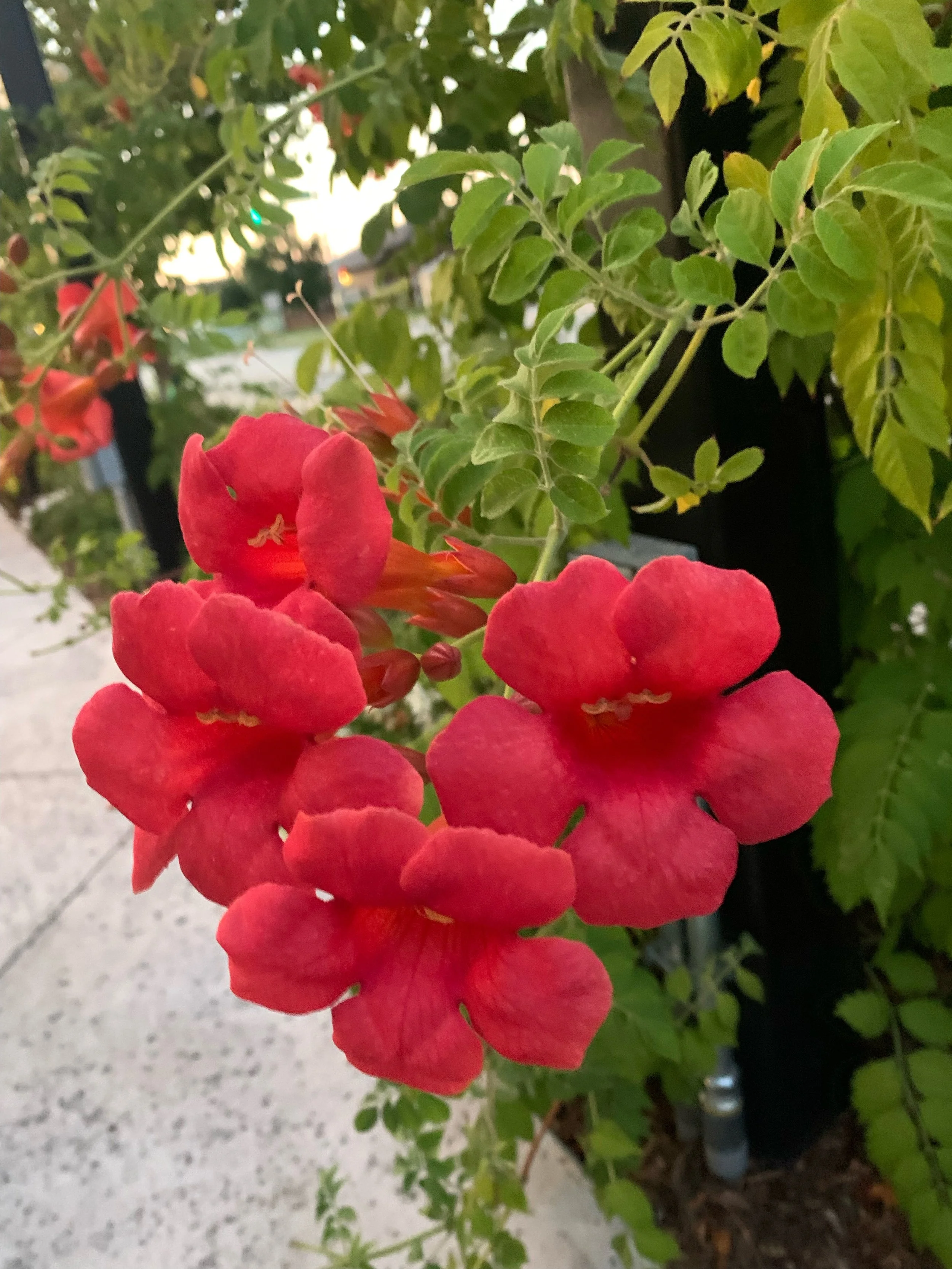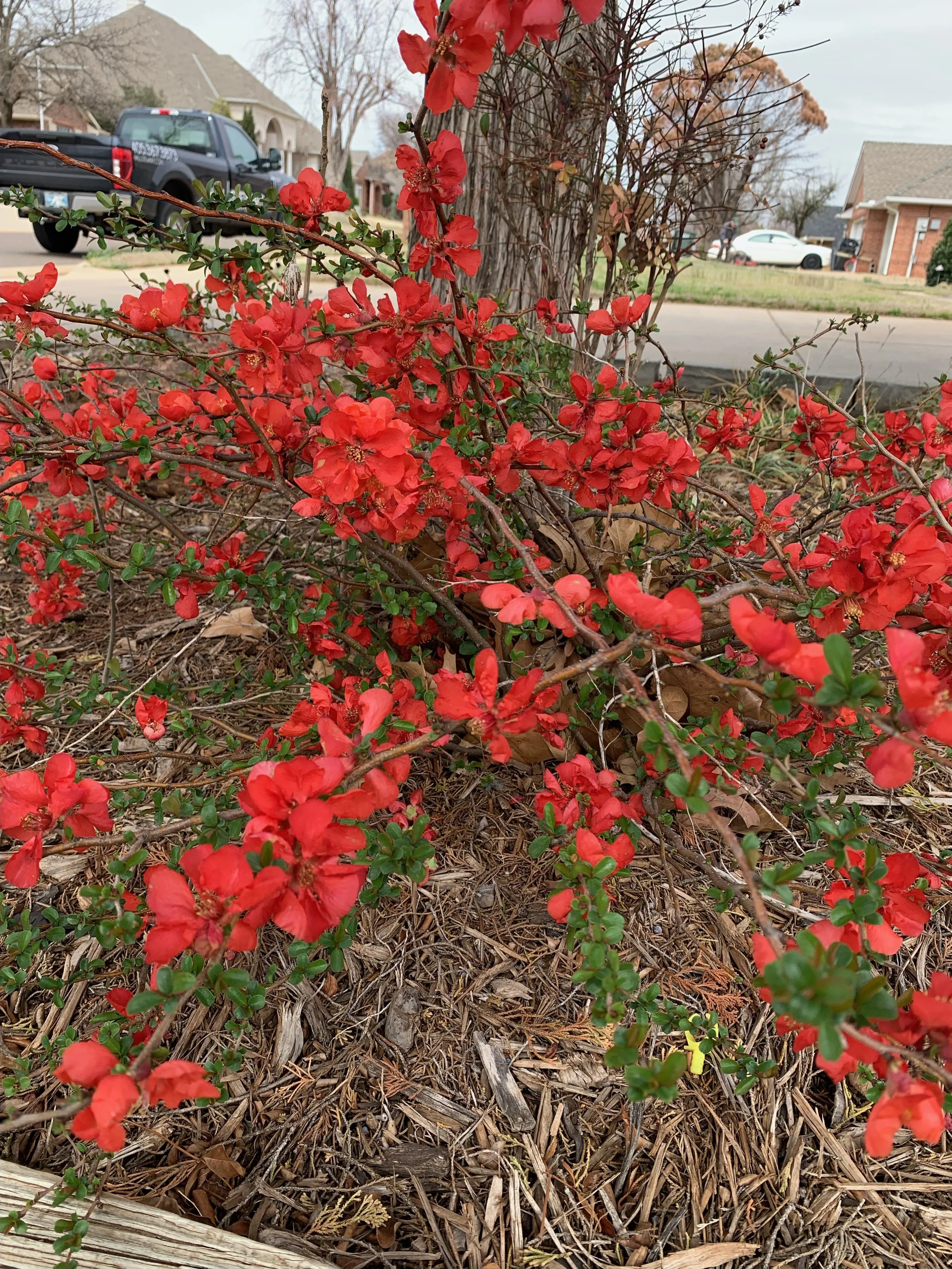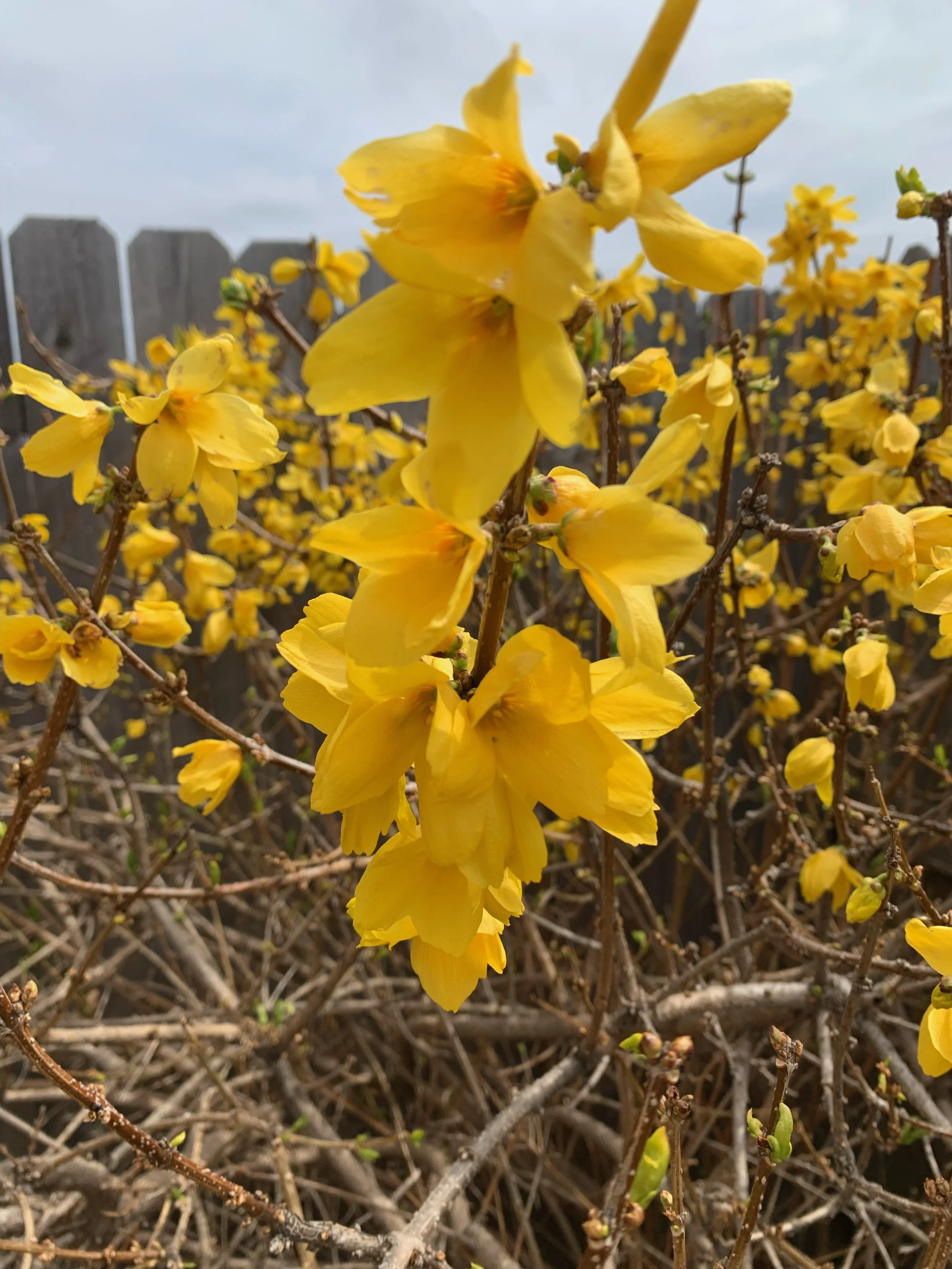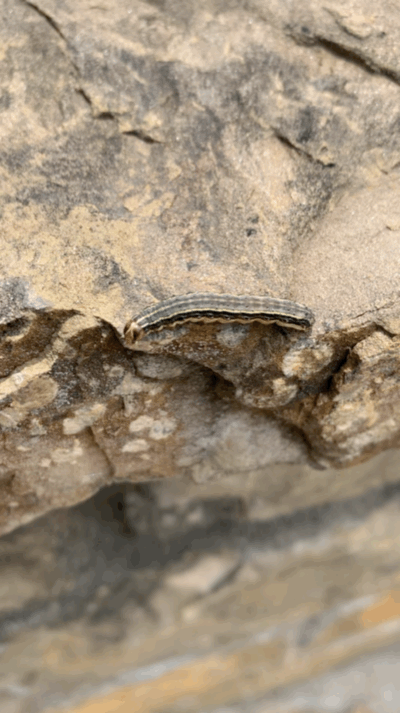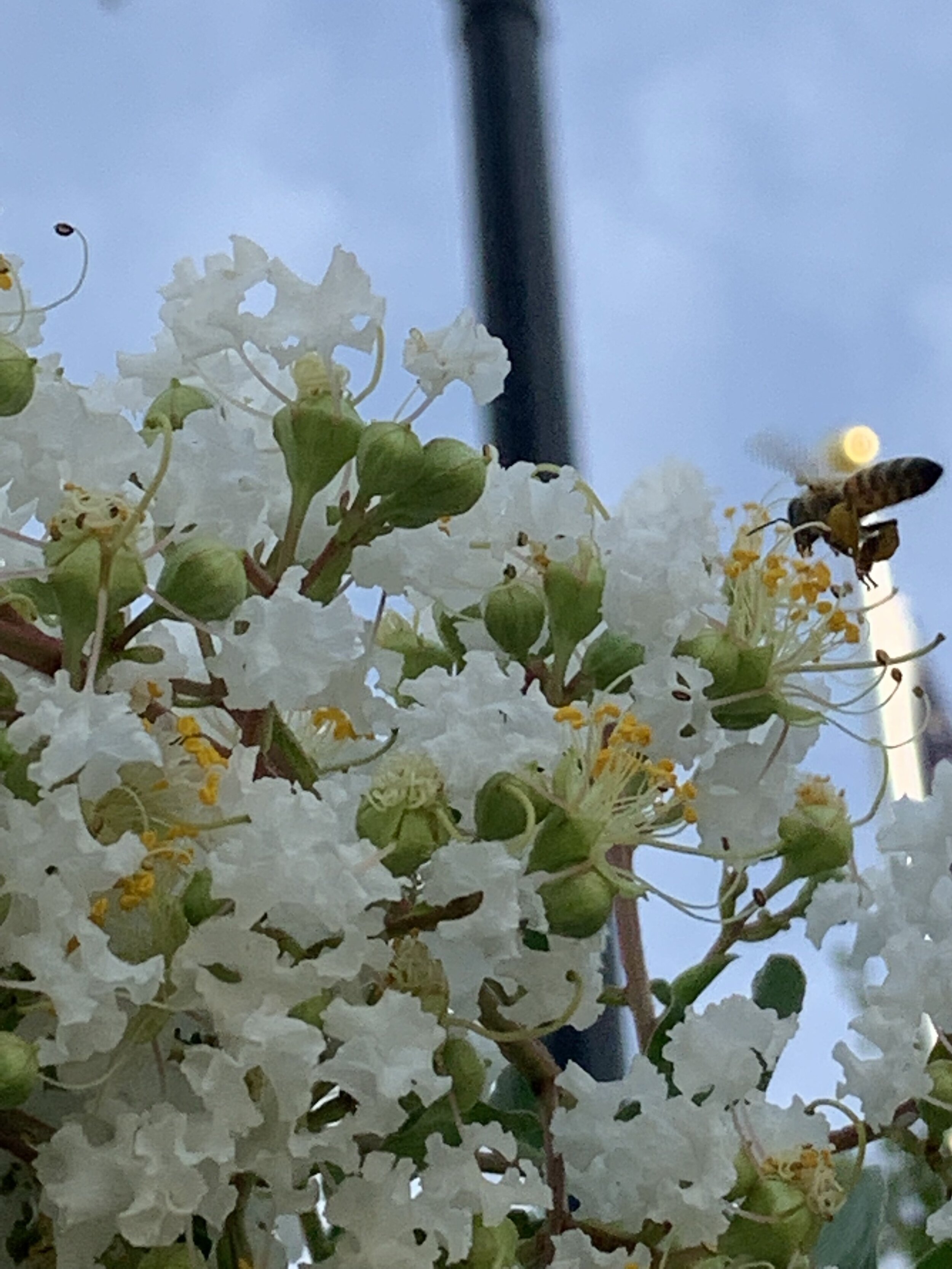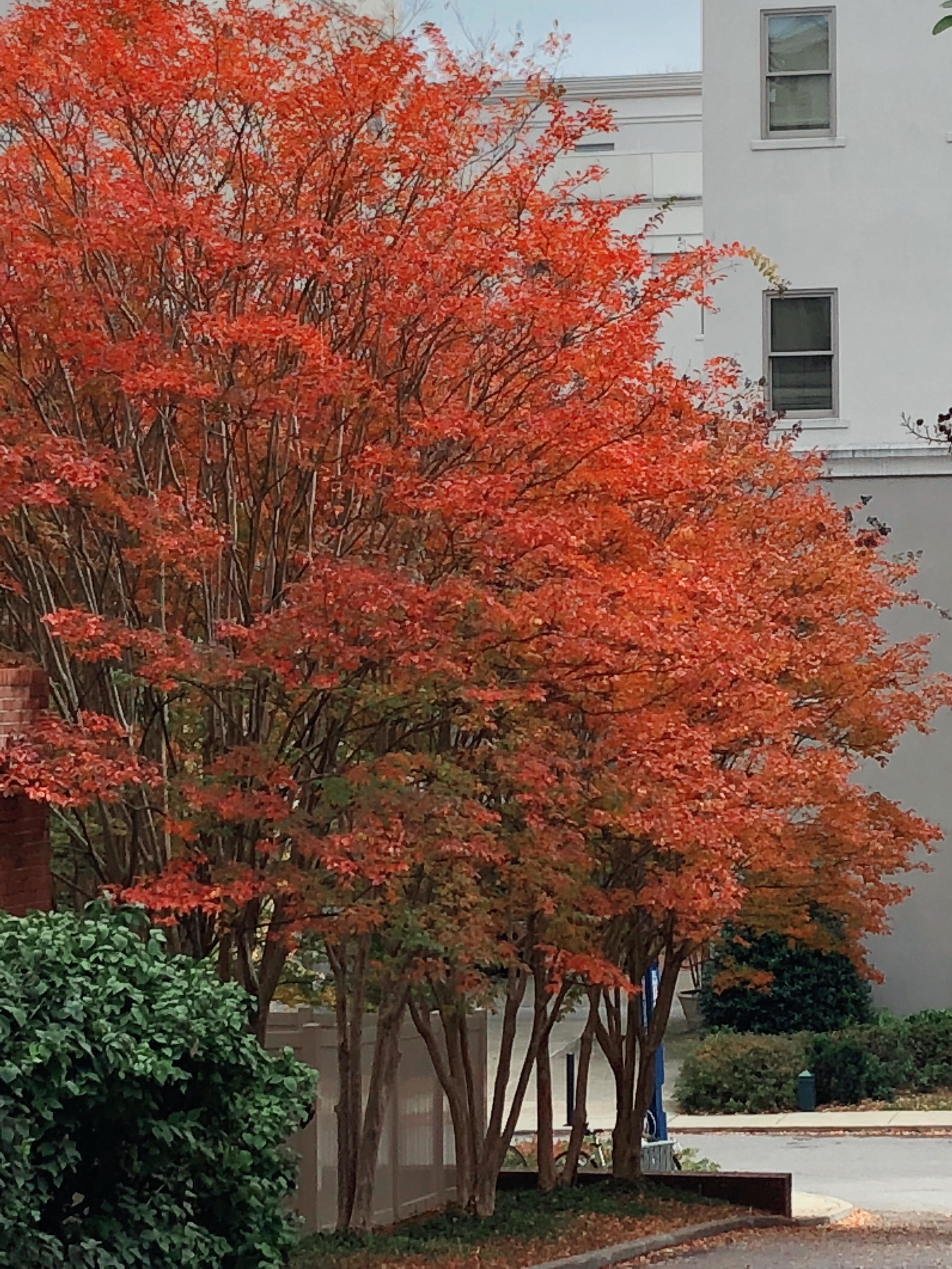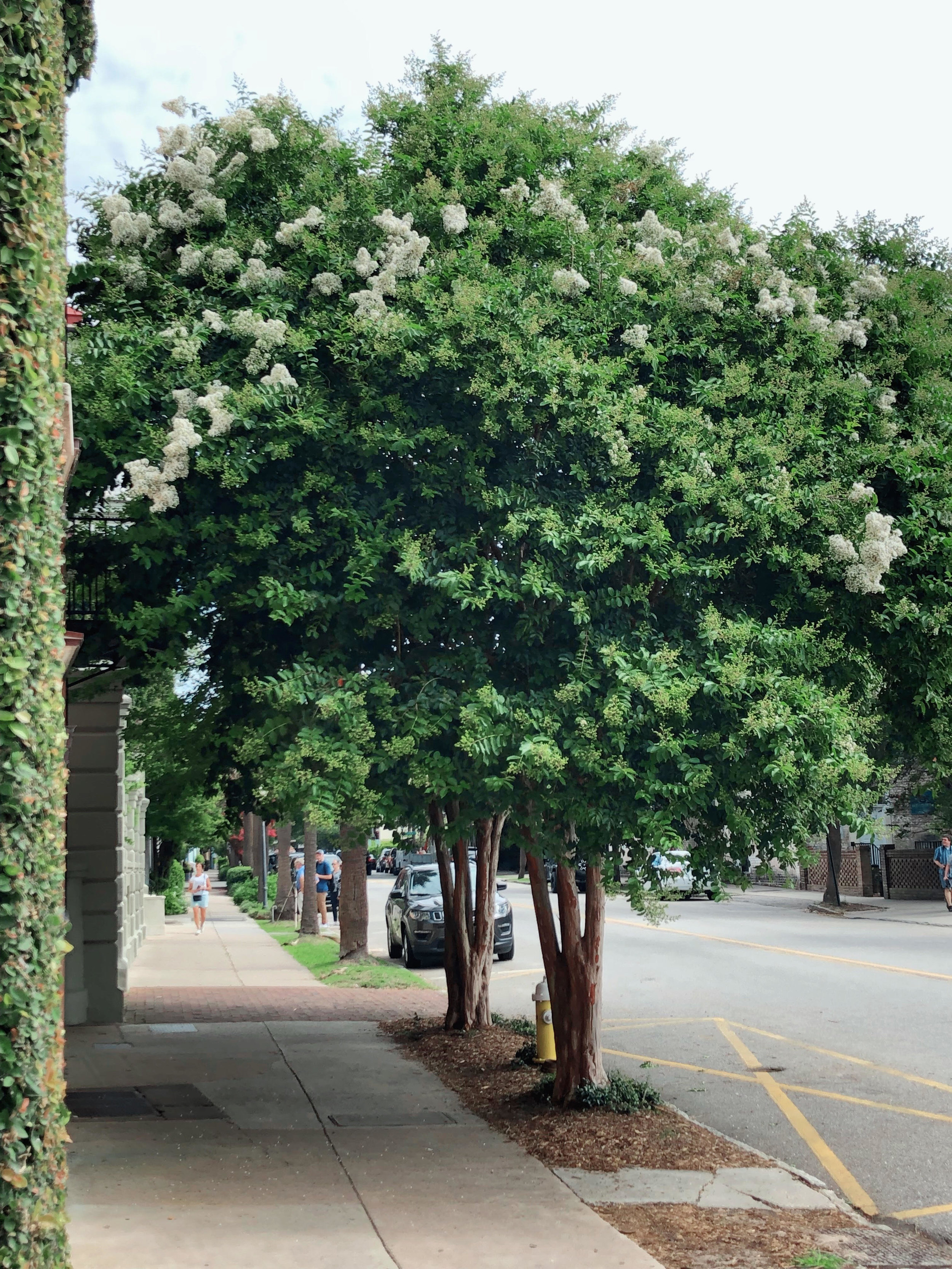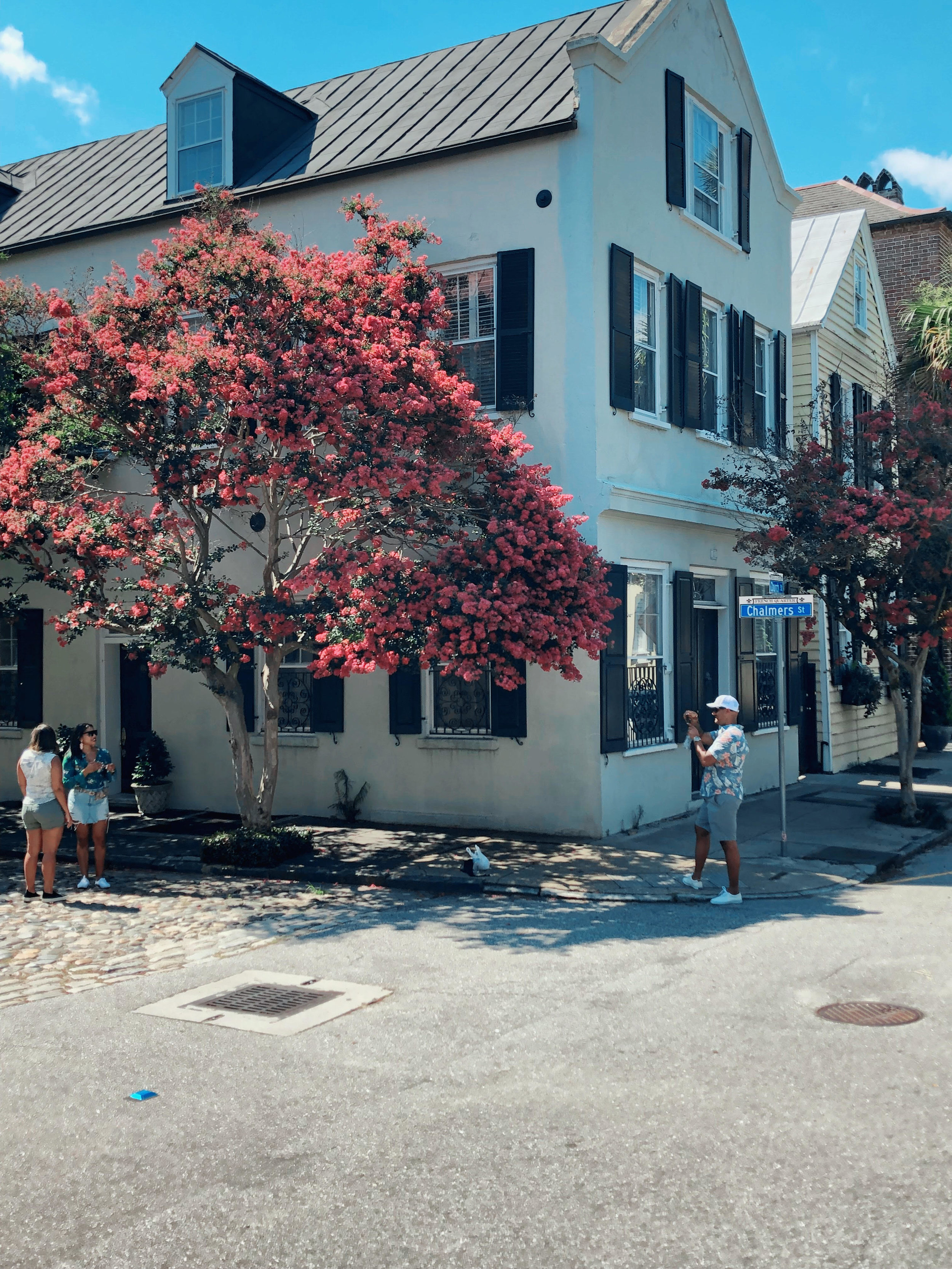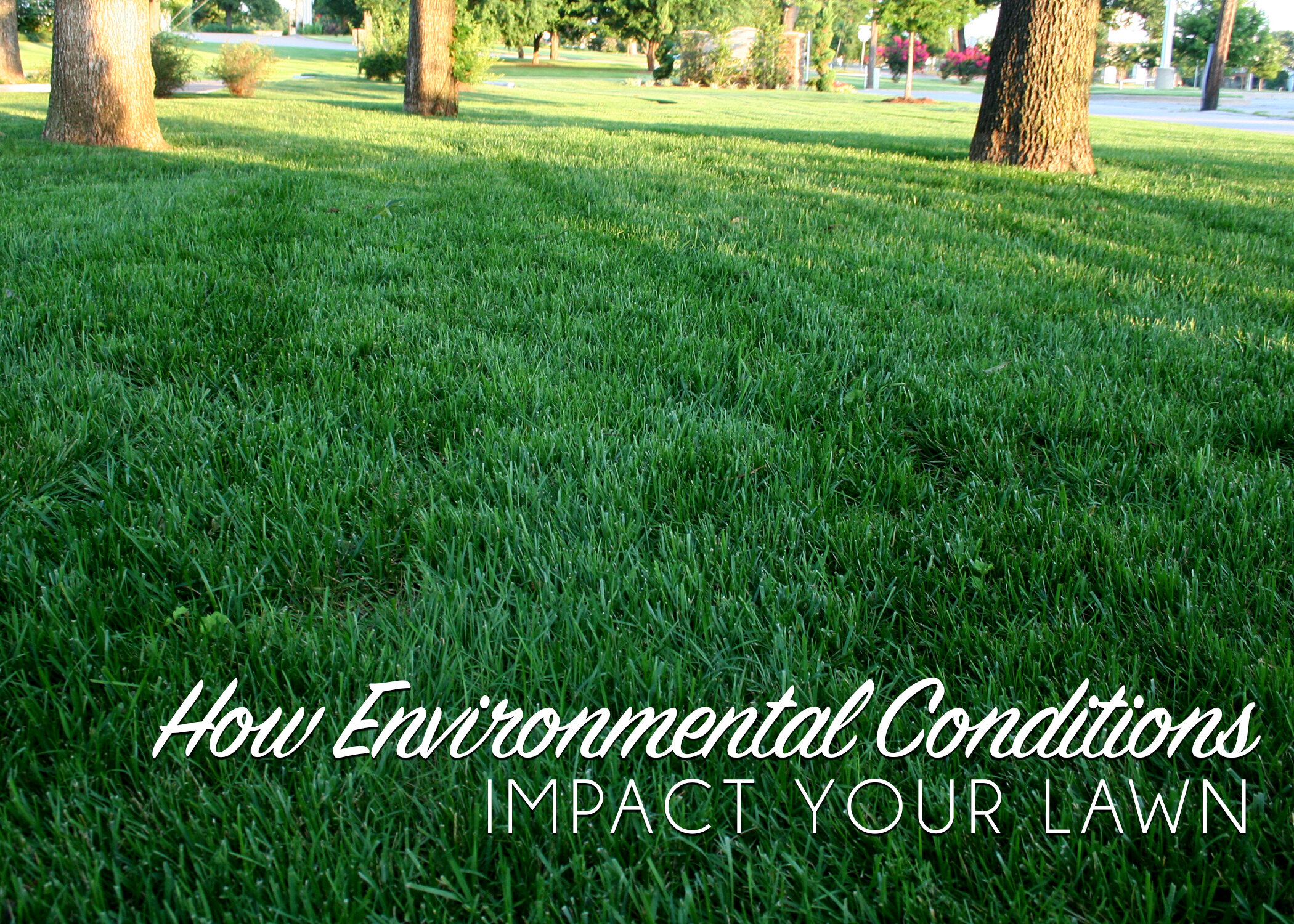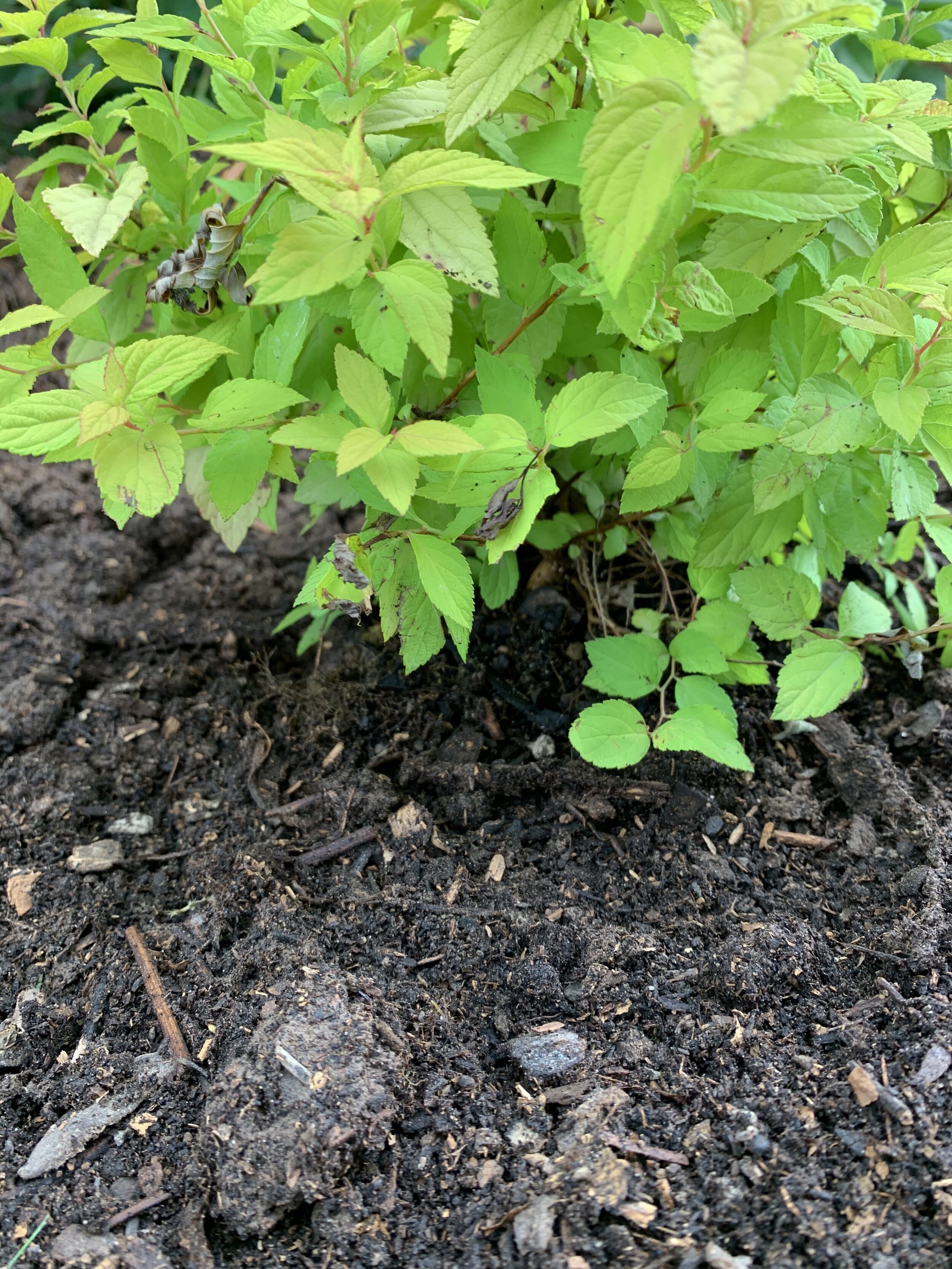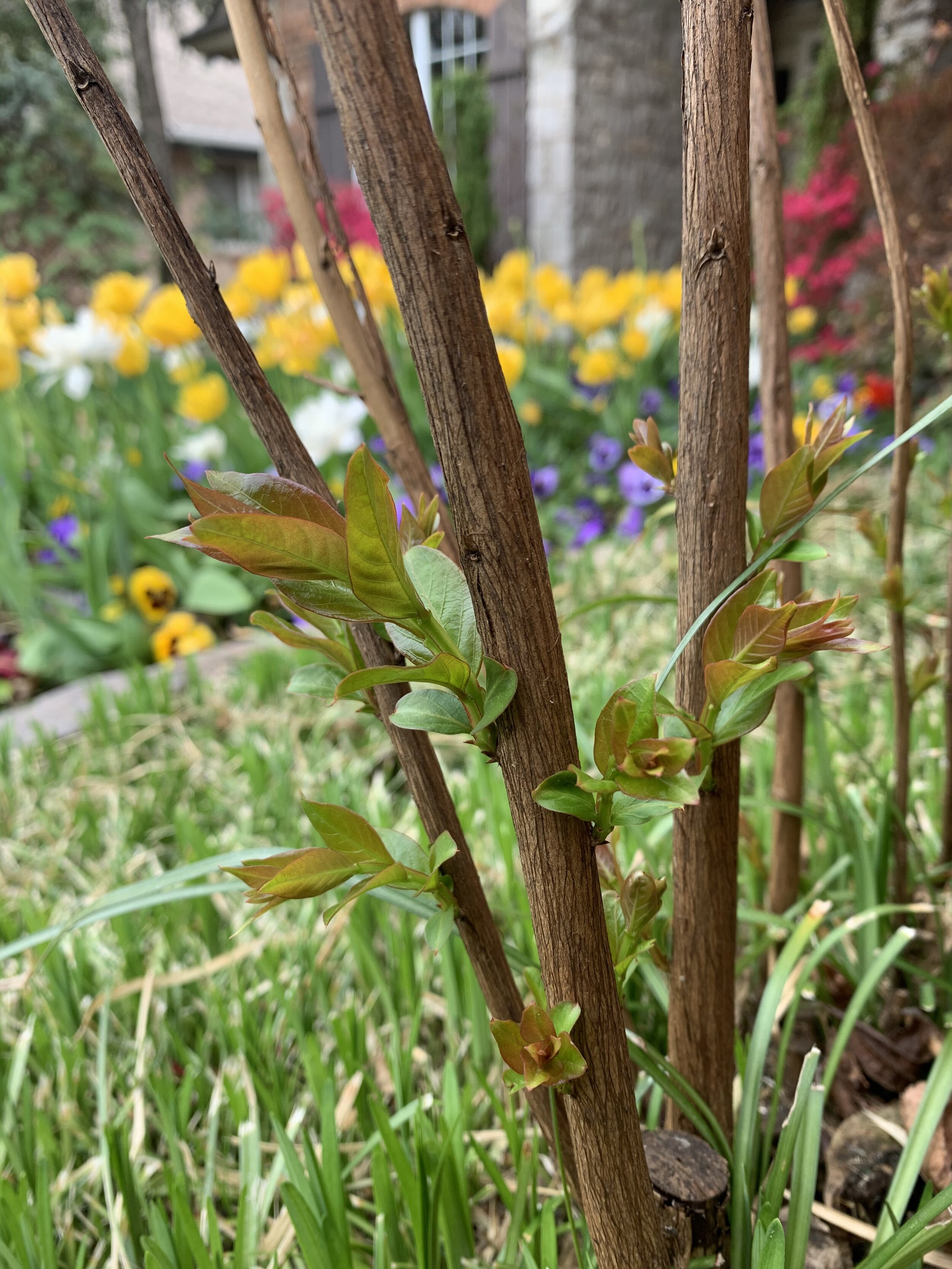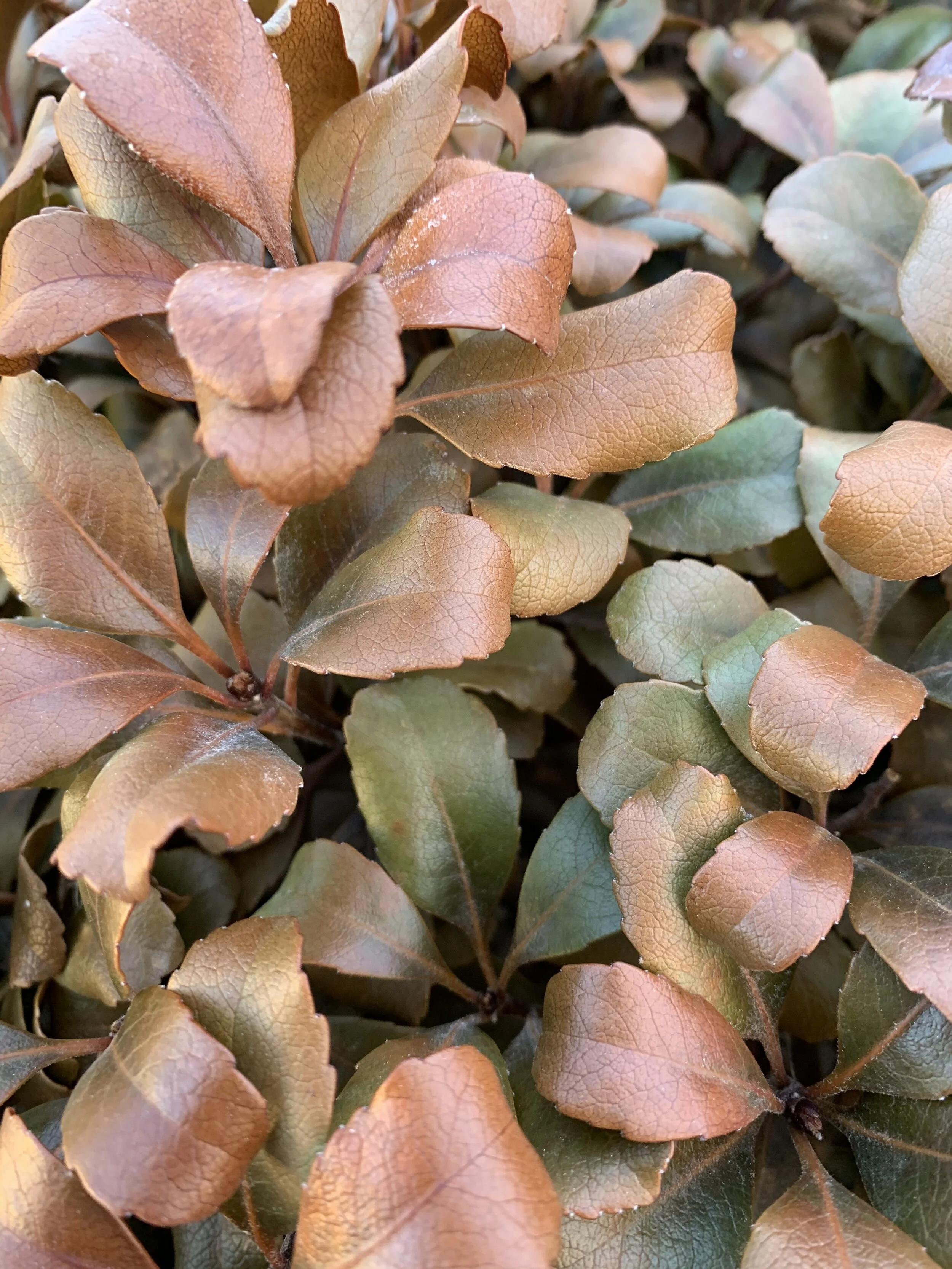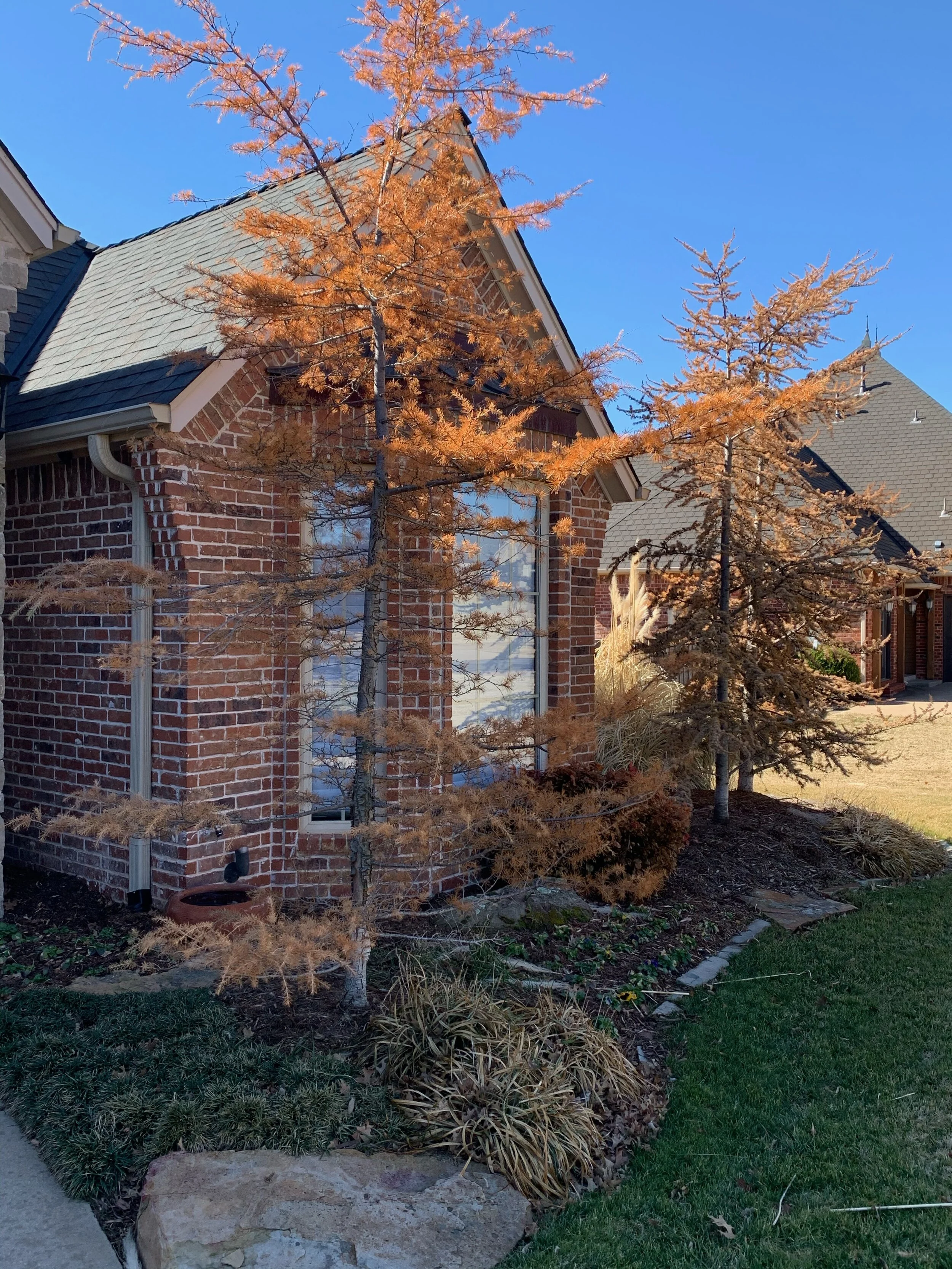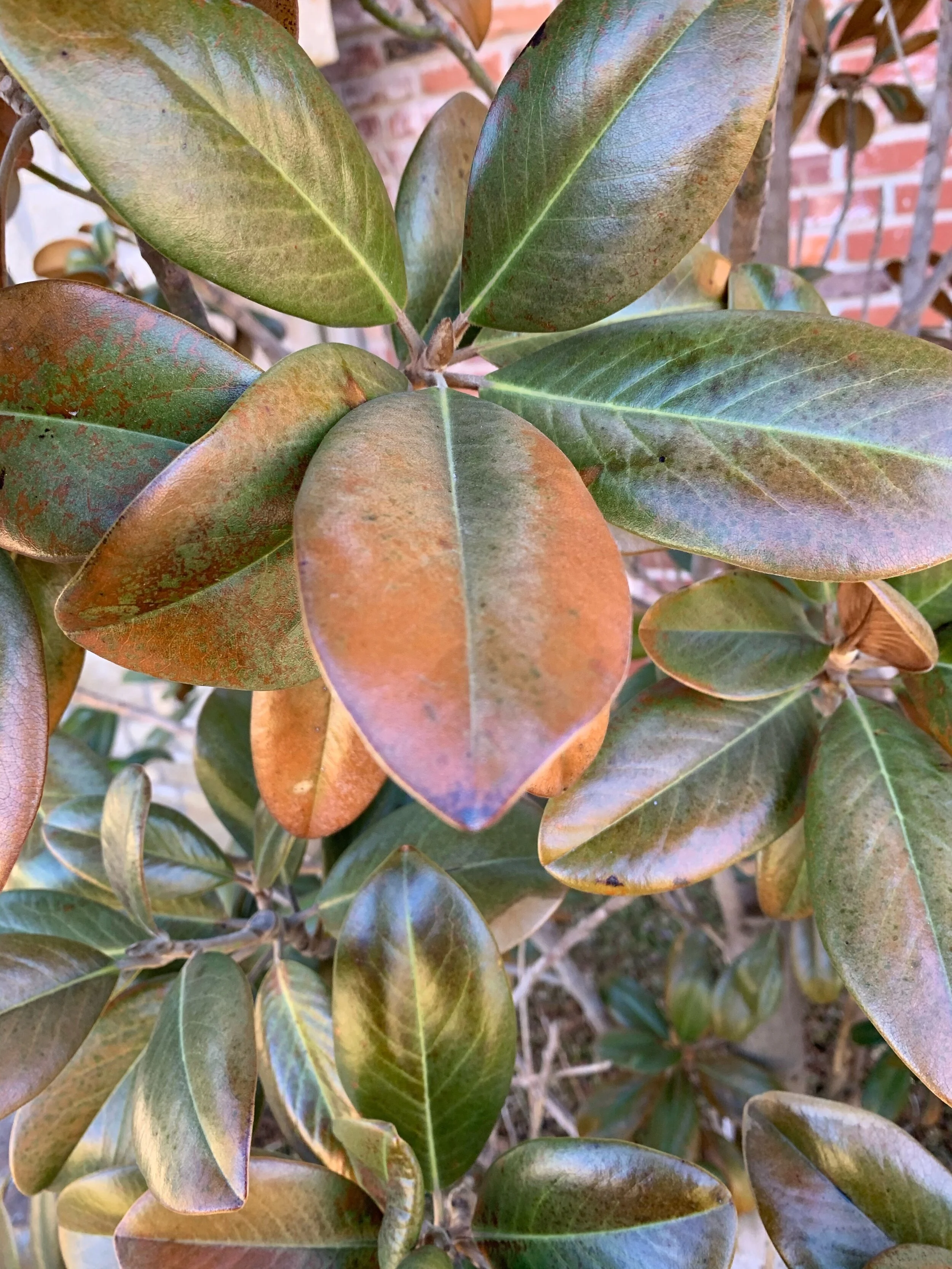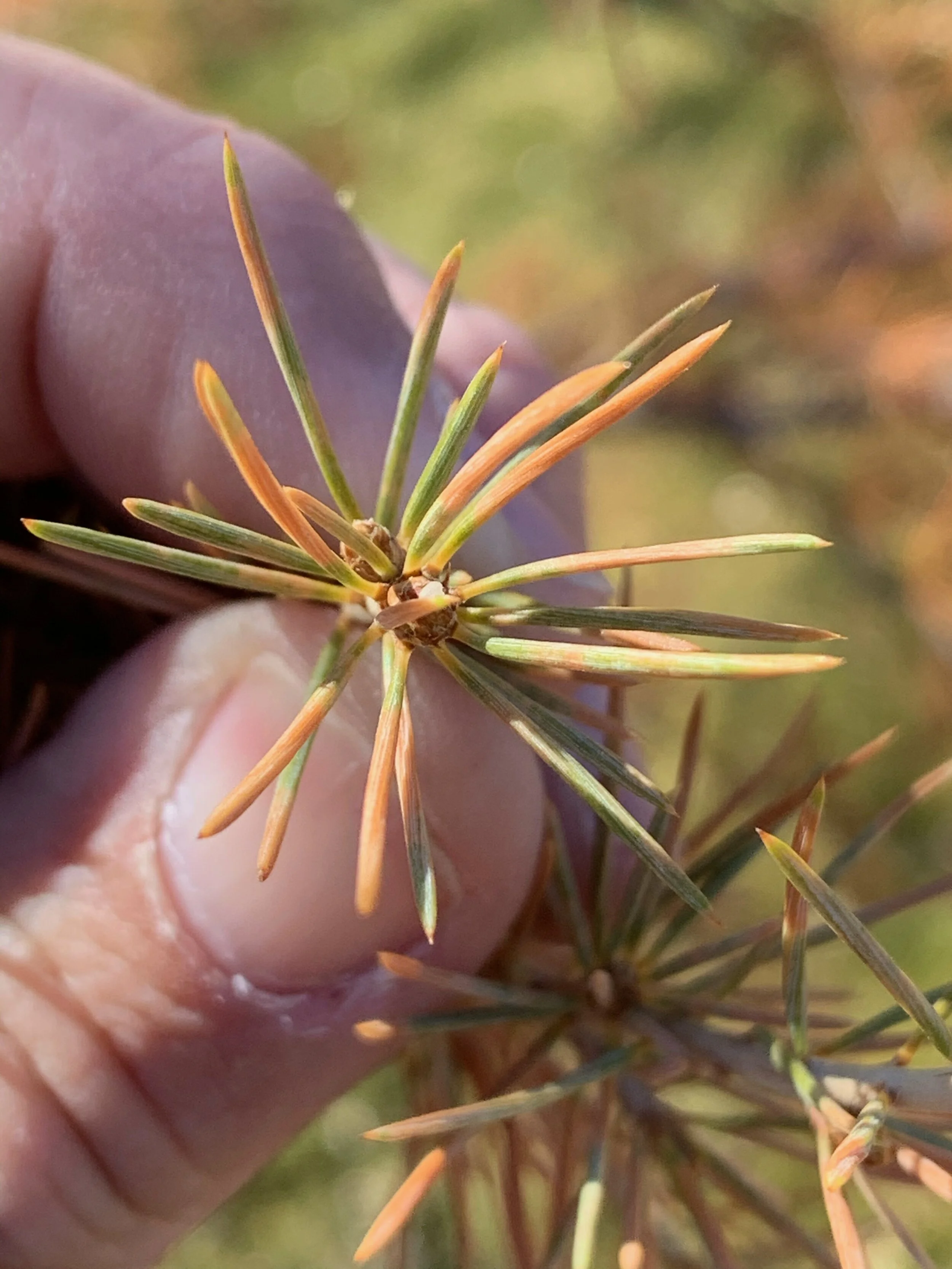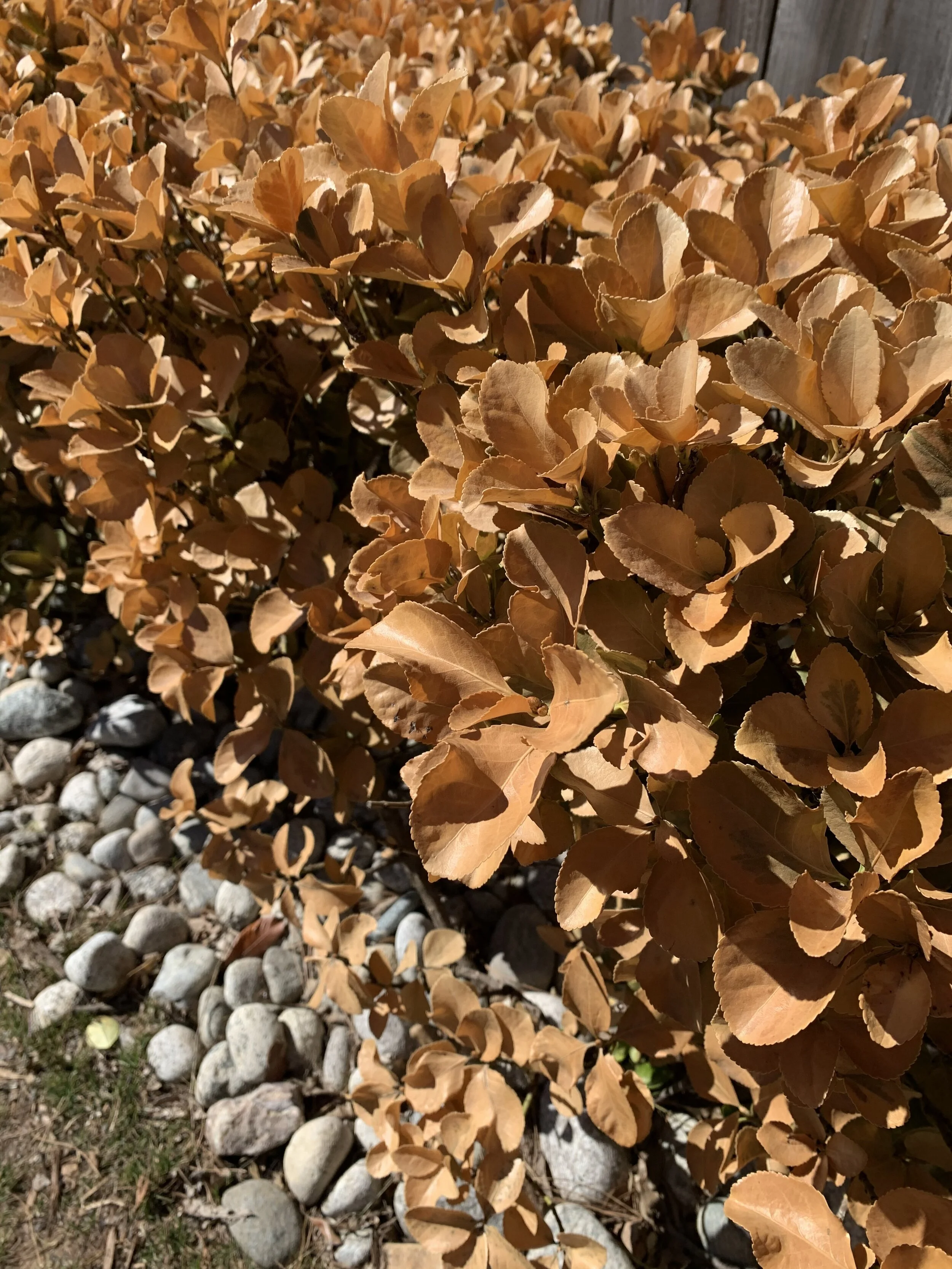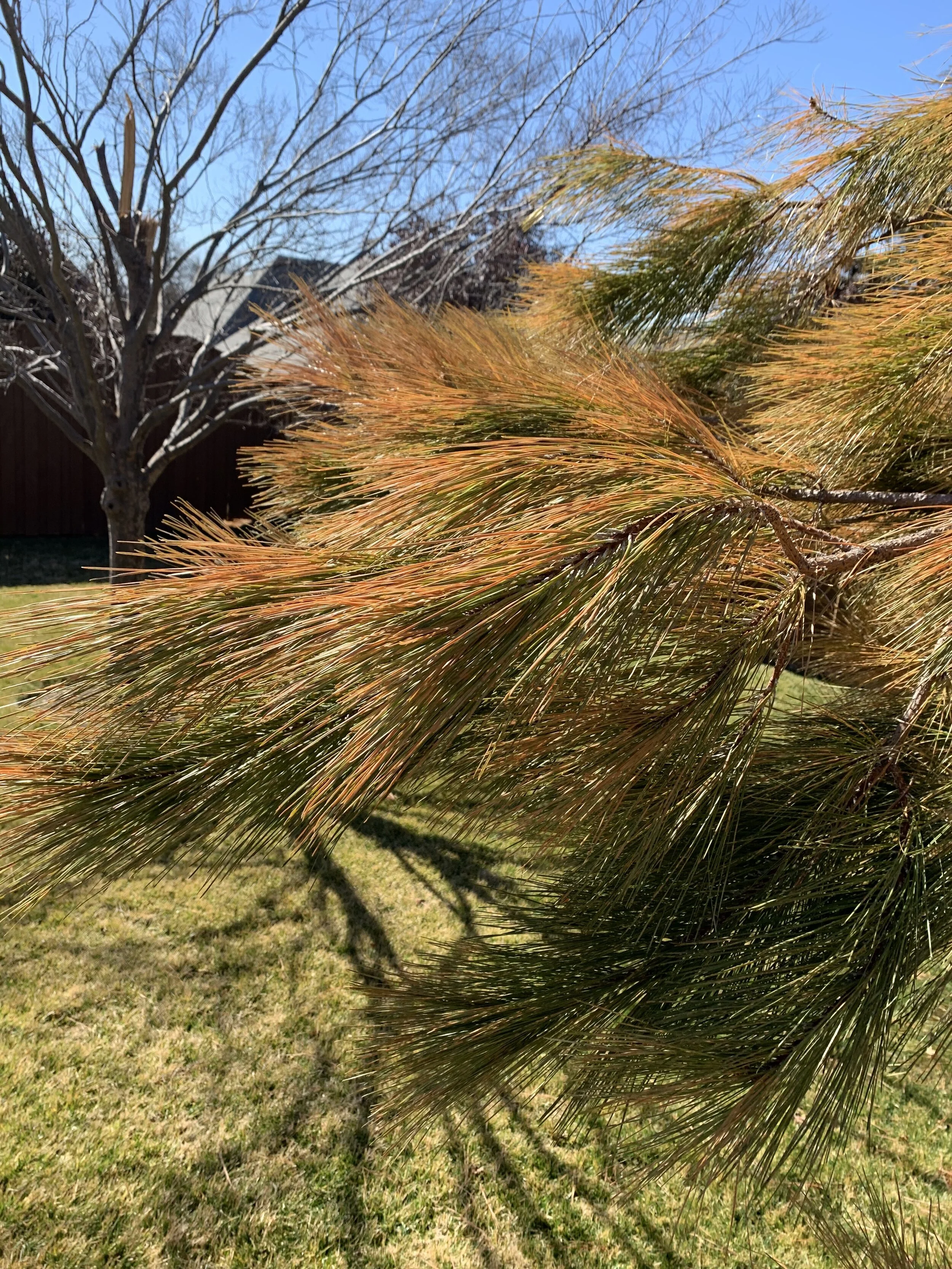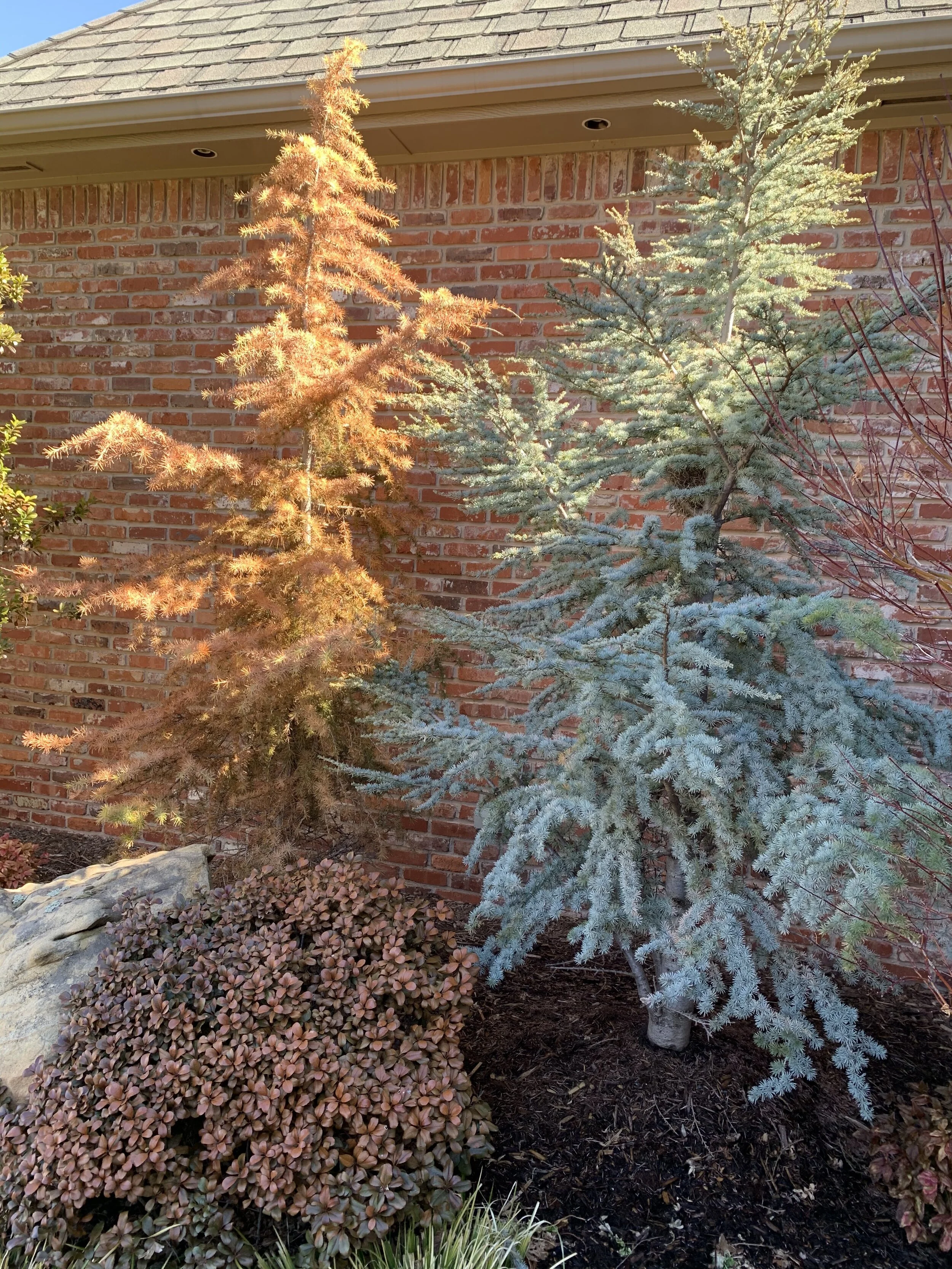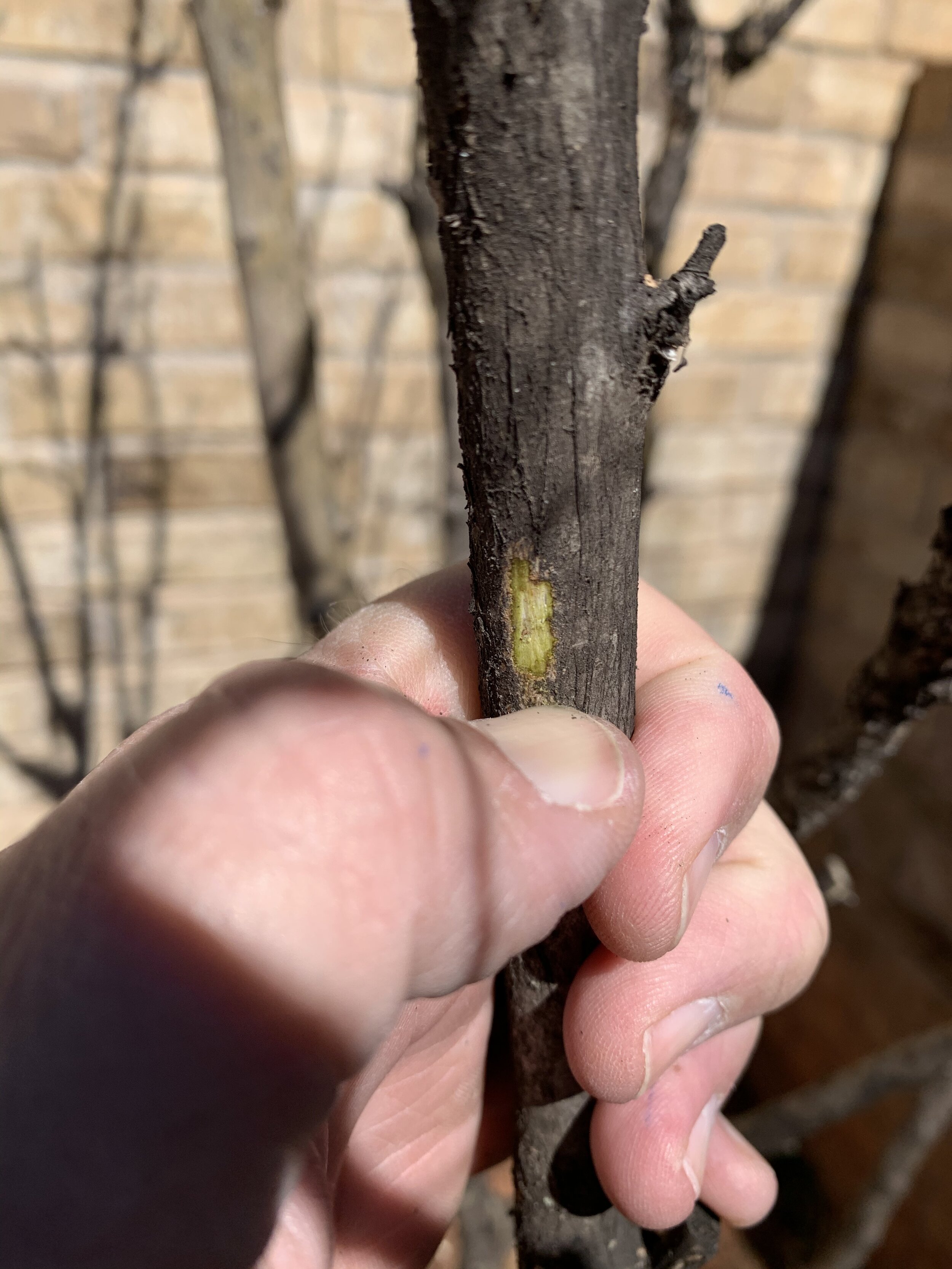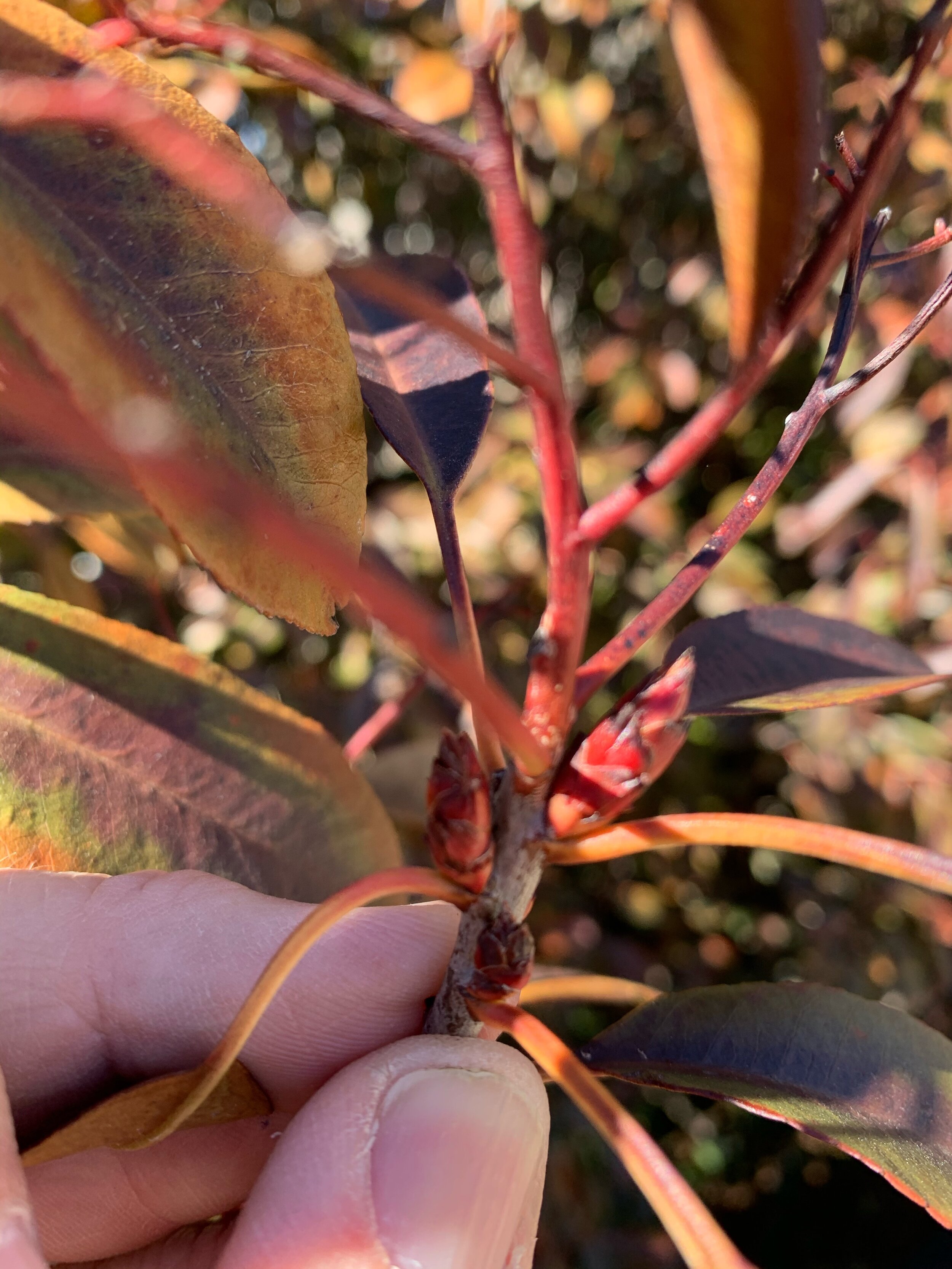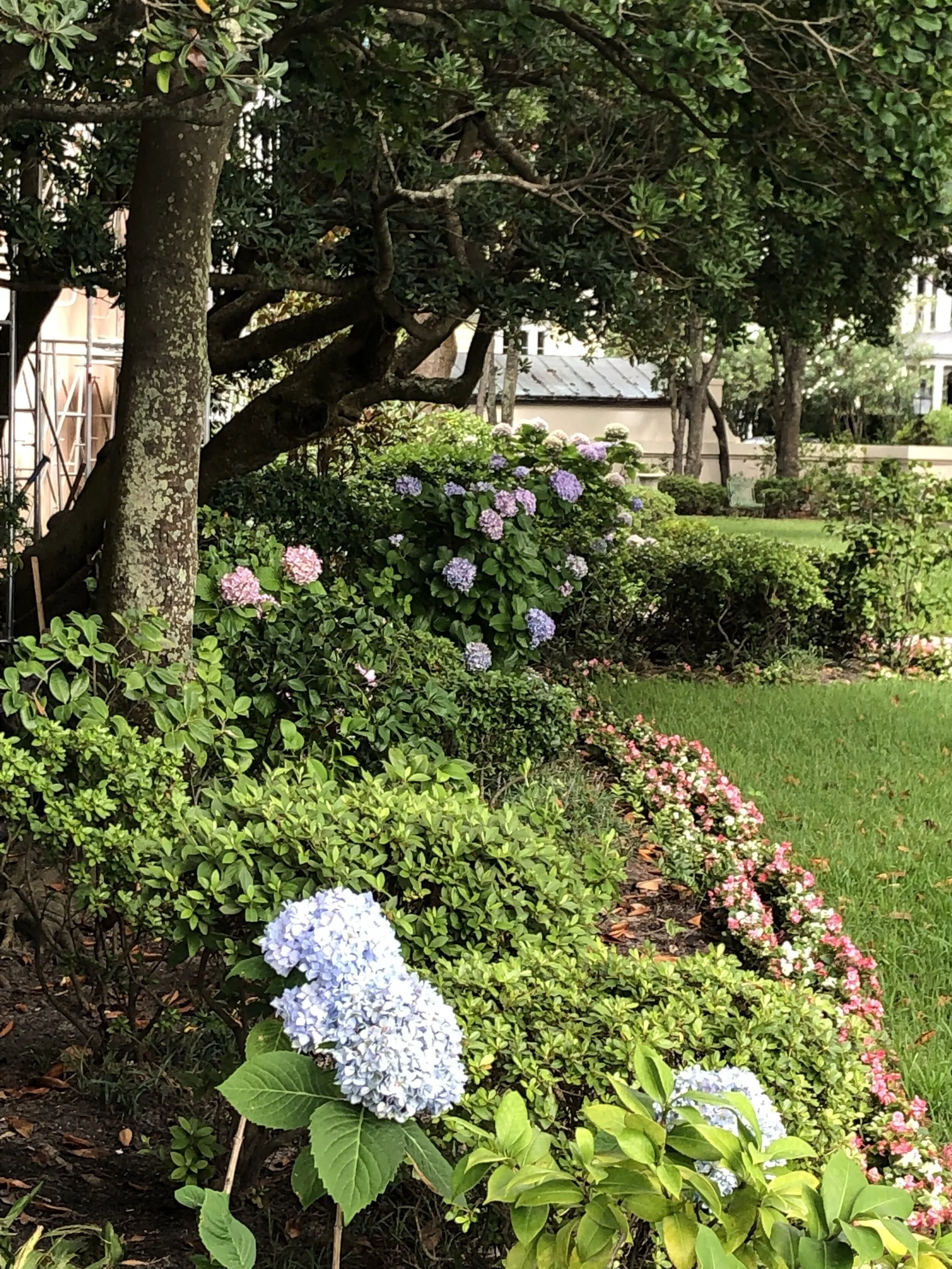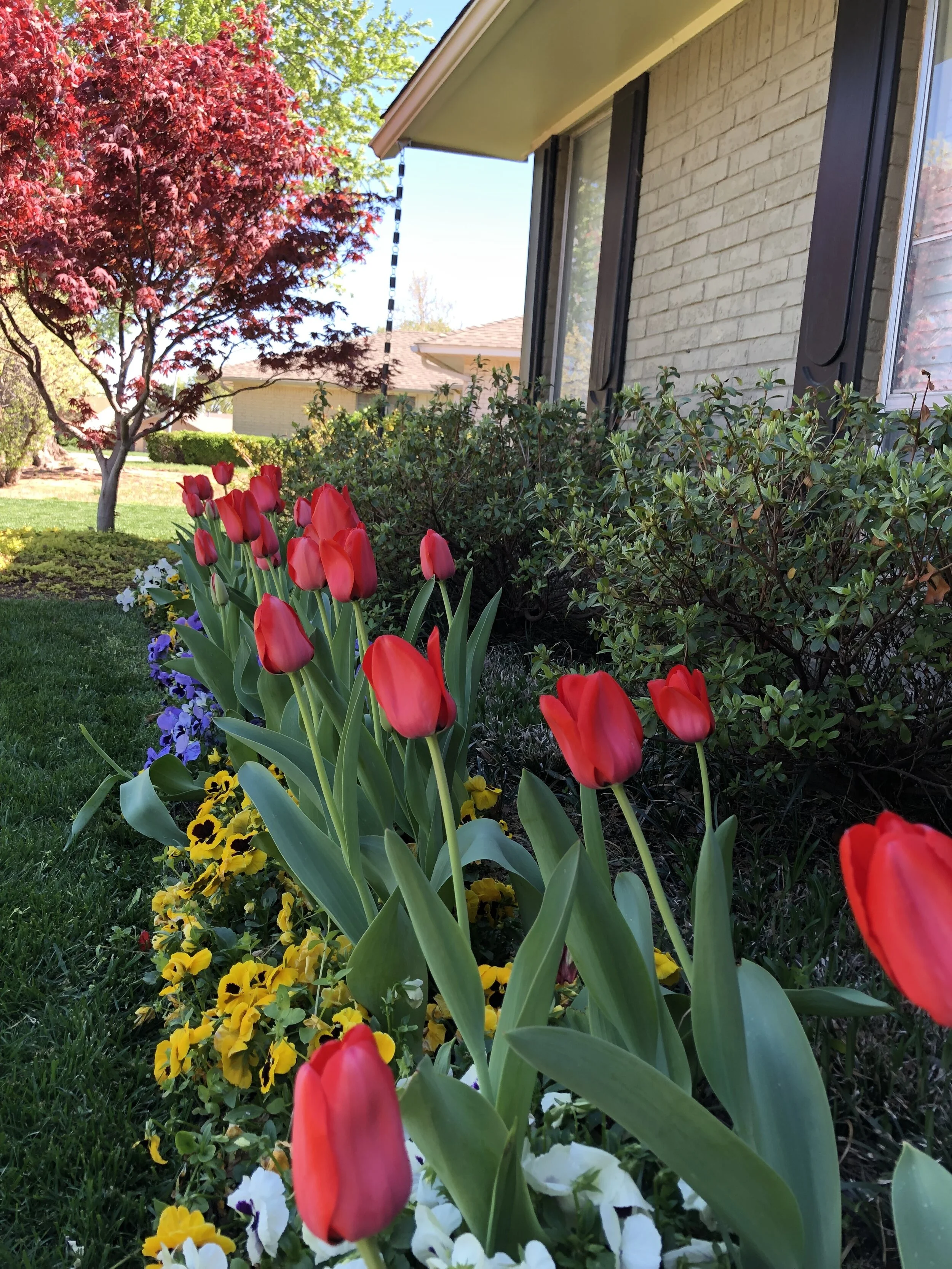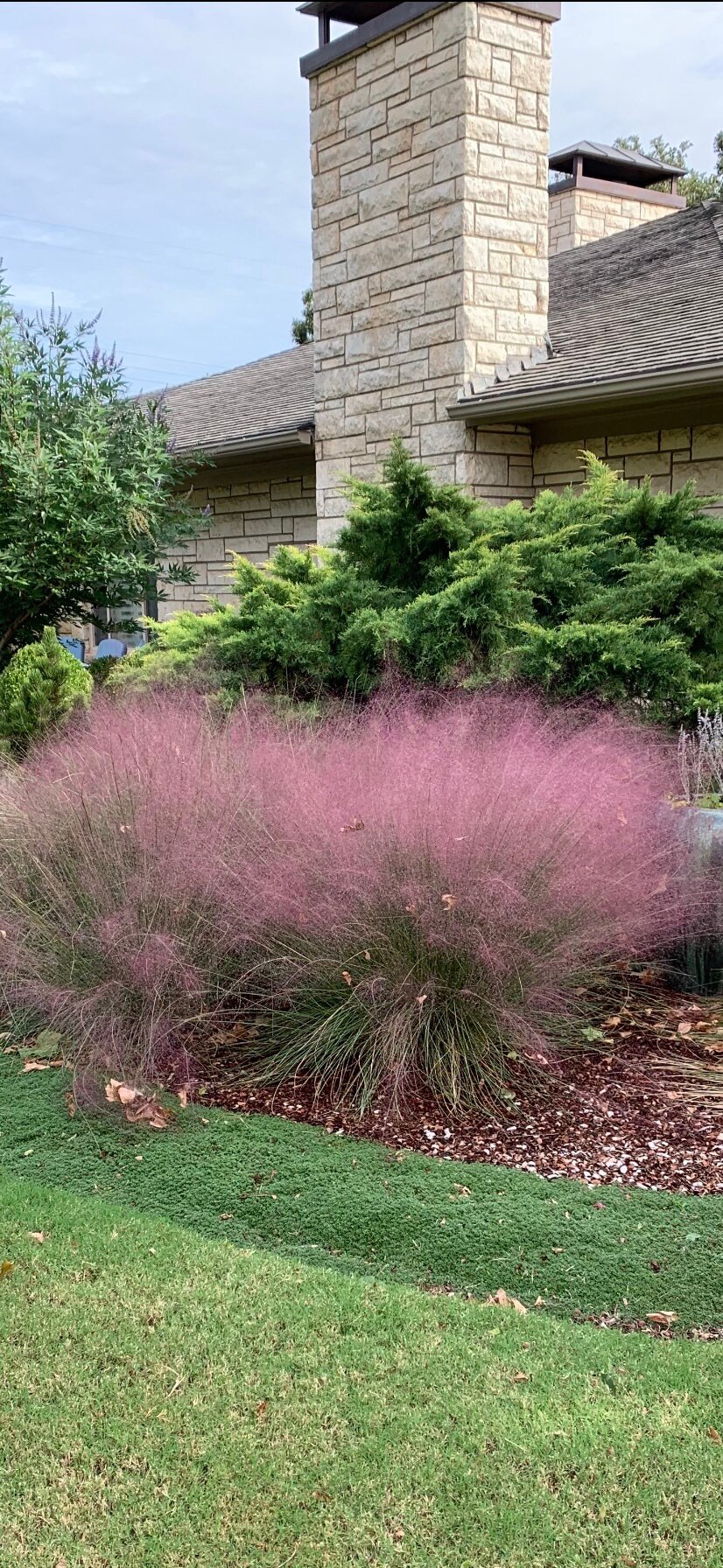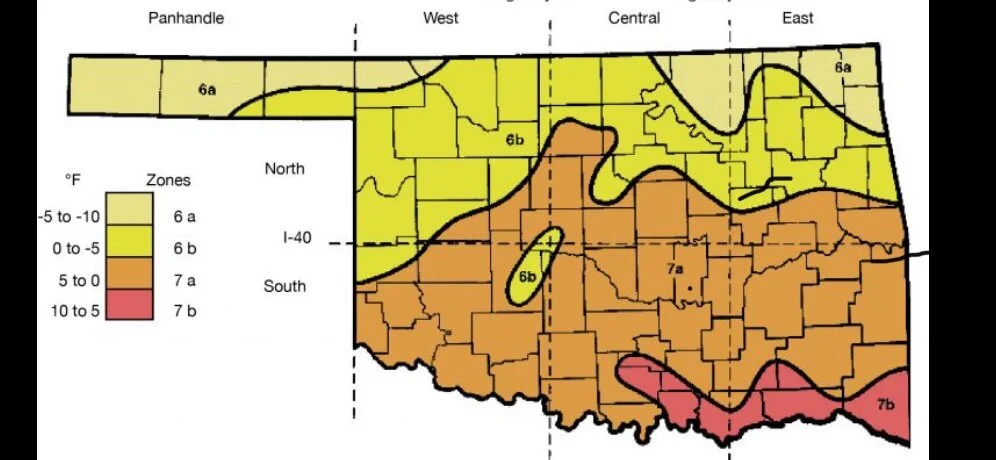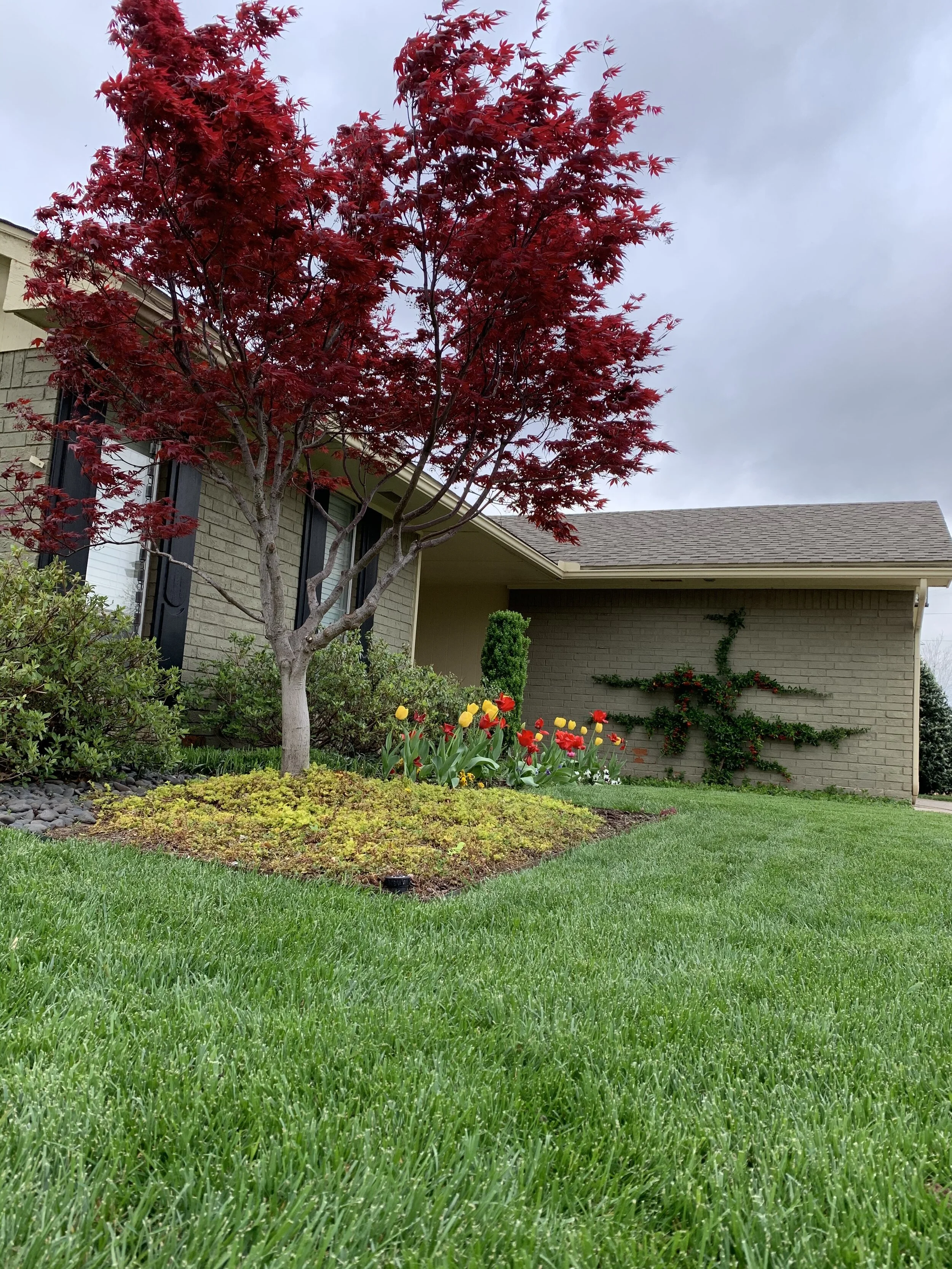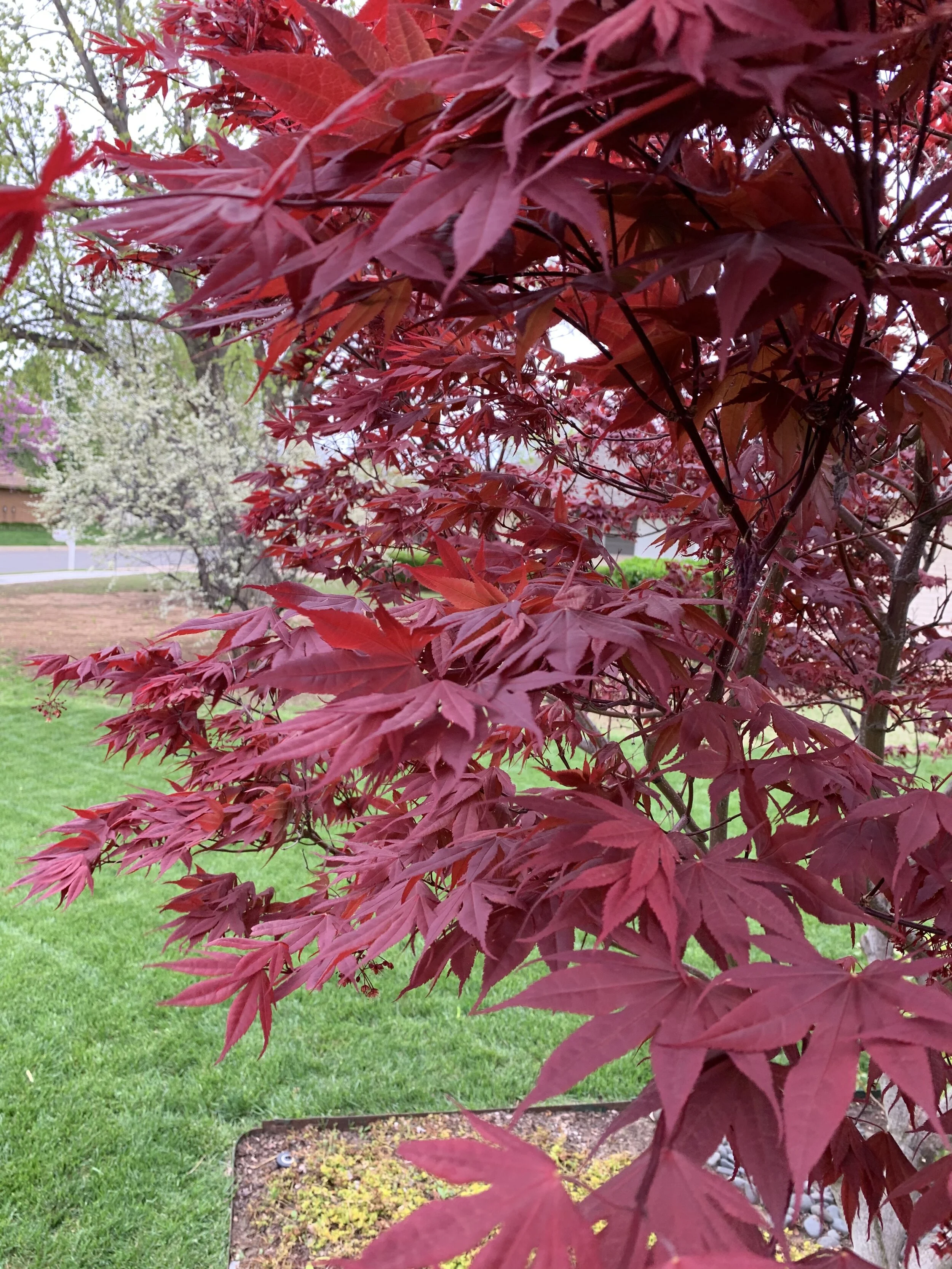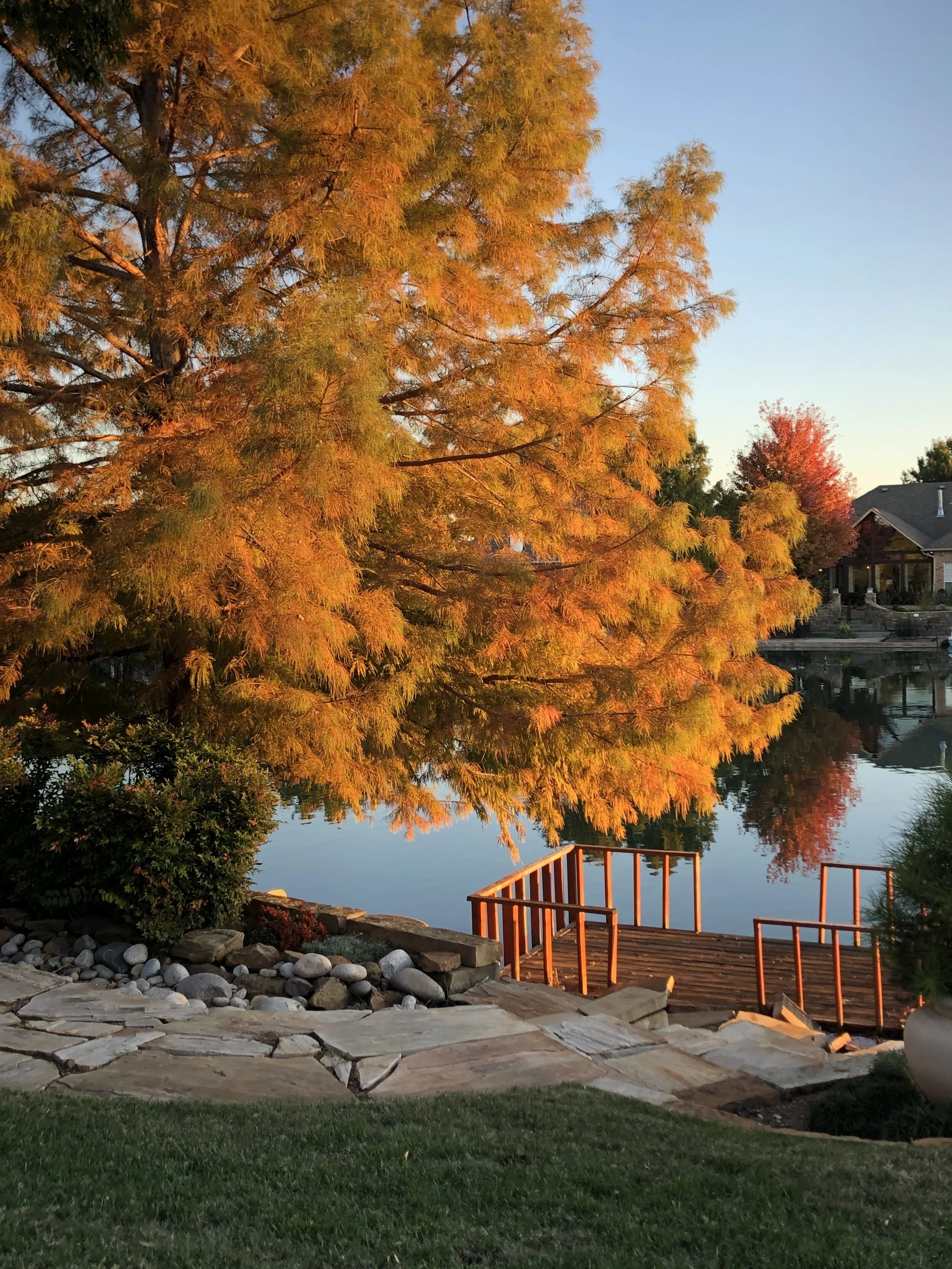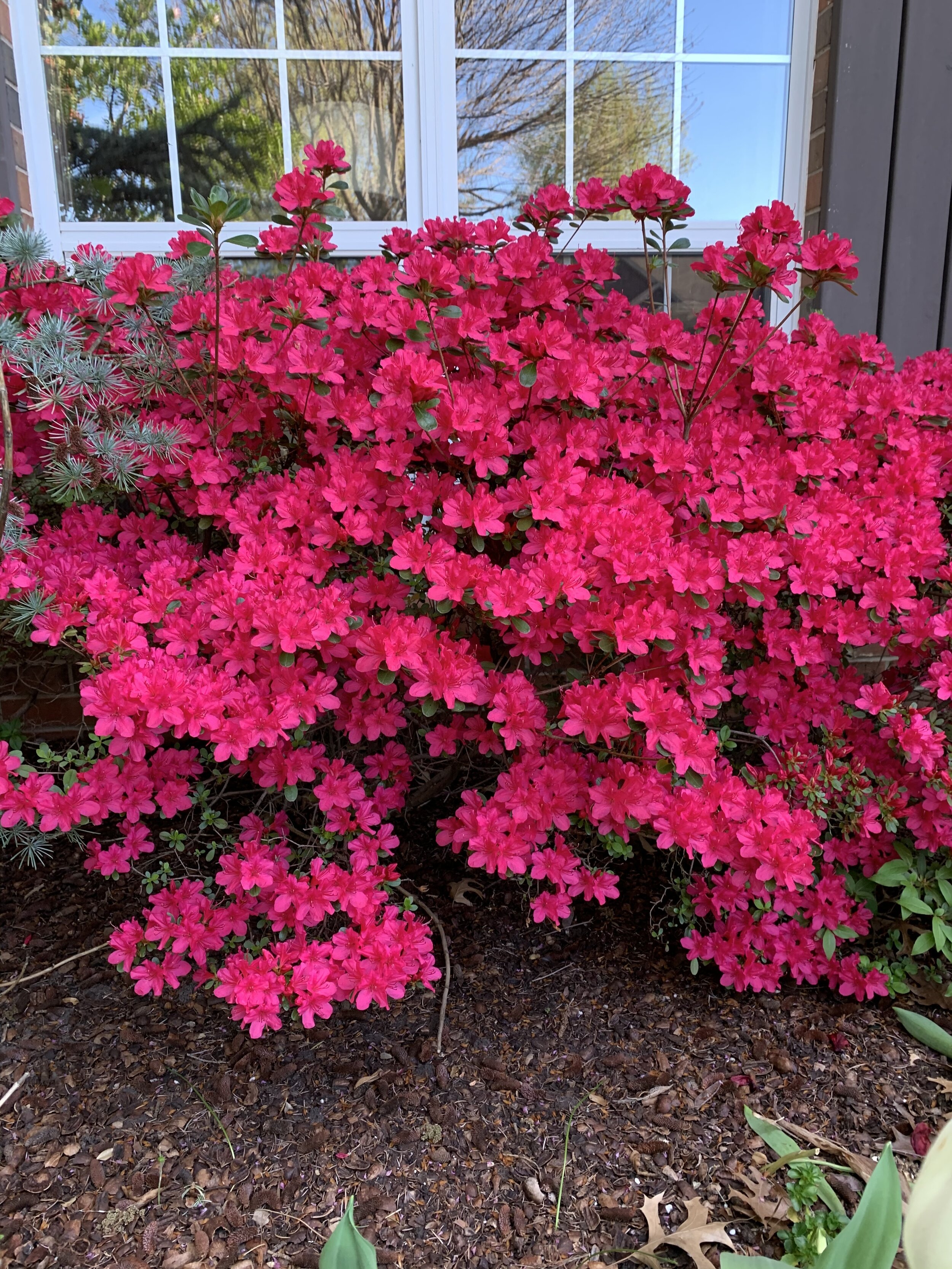Have you ever wondered when is the best time to plant new shrubs and trees?
Spring is the best time to plant, right?
Spring is when we all get the bug to add something new to our landscape.
Spring is when garden centers are loaded with colorful plants just begging us to take them home.
Pyracantha is an old fashioned shrub with bright orange to red berries in the fall and winter.
The belief that spring is the best time to add new shrubs and trees to your landscape is a myth.
Hardy Hibiscus is a large, shrub type perennial with large flowers through the heat of summer.
Limelight Hydrangeas brighten the late summer landscape with white blooms that fade to like green.
Four reasons why fall is the best time to plant:
1. Warm Soil Equals Root Growth
Soil temperatures remain warm well into the fall and early winter resulting in root development. Shrubs and trees put their energy into growing roots more in the fall than any other time of the year. Fall planted landscape materials have more time for the root system to become established before the onset of summer heat. Plants installed in the spring don’t have the root system needed for growth and spend the first summer just trying to survive.
Ebony Fire Red Crape Myrtle with intense, black foliage, is a fun twist on a traditional plant. Ebony and Ivory is a white blooming black leaf Crape Myrtle.
Peonies, a perennial, puts on a dynamic burst of color in mid spring with large blooms that are great for cut flowers.
3. Fall Weather Brings More Moisture
Spring and summer planted shrubs and trees require supplemental, deep soaking during the summer. During the summer newly planted trees and shrubs need at least 2” of moisture per week. But, during the fall and winter, when temperatures are cooler, plant materials require a lot less moisture, only ½ to 1” of moisture per week, which is much more likely to occur naturally. During the summer, chances are you will be spending time hand watering your new plants just trying to keep them alive.
Plant a Japanese Maple this fall and have more red in your landscape next spring when leaves emerge.
4. Head Start on Next Year
This is the biggest reason you should plant in the fall…. Fall planted materials can gain an entire year of development over spring and summer planted shrubs and trees. Fall plants will start developing roots soon after planting. Next spring and summer they will have a root system that will produce top growth. Spring and summer planted materials produce little growth until they develop roots in the fall. It has been my experience that a 3-gallon shrub planted in the fall will be the same size as a 5-gallon shrub planted in the spring after one season. Save money. Plant in the fall.
Crape Myrtles planted in the fall will bloom more their first season than ones planted in the spring or summer.
A great evergreen shrub for shady areas is the Japanese Yew.
Goldmound Spirea is very similar to Limemound only with yellow-gold foliage.
Wisteria produces showy clusters of fragrant purple flowers. Great for training on an arbor, trellis or fence.
Rose of Sharon is a blooming large shrub to small tree that adds a soft color to the summer landscape. Blooms range from white, pink, and purple shades.
Plant perennials in the fall for great early blooms next spring.
Limemound Spirea returned to my favorite list this year for their hardiness and the interest they add to the landscape with their soft pink blooms and light green color.
2. Cool Days Are Less Stressful
Warm days are hard on all plants and are particularly hard on the newly planted. New shrubs and trees have a limited root system that struggles to support plant leaves in the heat resulting in desiccated, burnt leaves.
When azalea are planted in the fall, they establish roots and bloom well next spring.
Japanese Maples add bright red leaves to the spring landscape.
Japanese Maple in the spring.Looking to add more spring color to your landscape? Add an Oklahoma Redbud to your landscape this fall or winter.
Planting creeping phlox this fall will give you a carpet of color in the spring.
Wisteria produces showy clusters of fragrant purple flowers. Great for training on an arbor, trellis or fence.
Big Blue Liriope with spikes of purple-blue flowers in the late summer is a good ground-cover for both shady and full sun landscapes.
Yes, with good care and extra attention most shrubs and trees can be planted year-round, and because they can, it is common to plant at any time.
Madame Galen Trumpet Vine produces bright flowers through the summer. Great for covering fences and climbing on arbors.
But the best time to add new plants to your landscape in Oklahoma is September through December. For deciduous trees the best time to plant is during winter dormancy, December through February.
Your landscape has a big impact on your property value and greatly impacts your curb appeal.
Plant something new this fall.
You won’t be disappointed.
Lorne Hall
Hall | Stewart Lawn + Landscape
(405)367-3873

